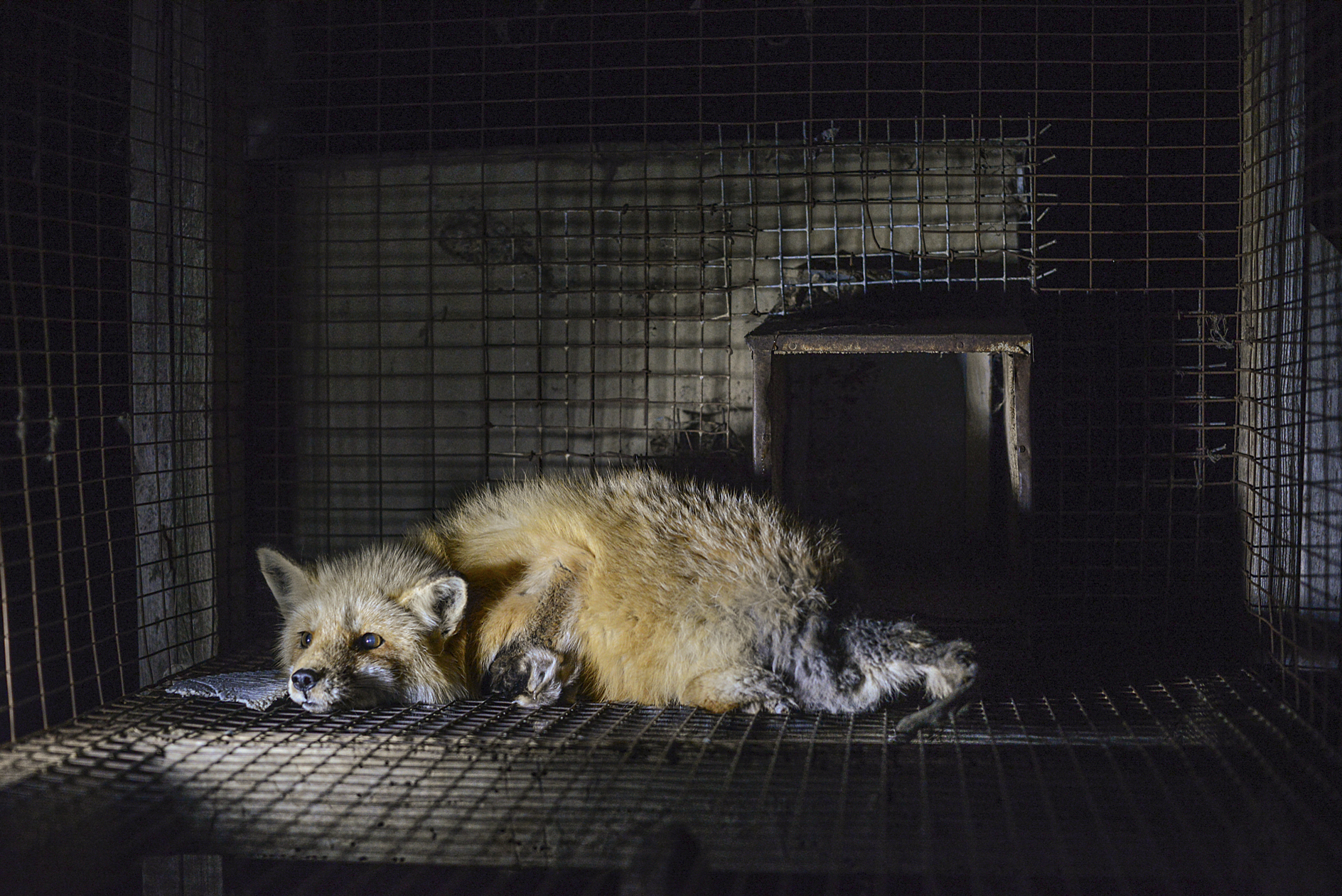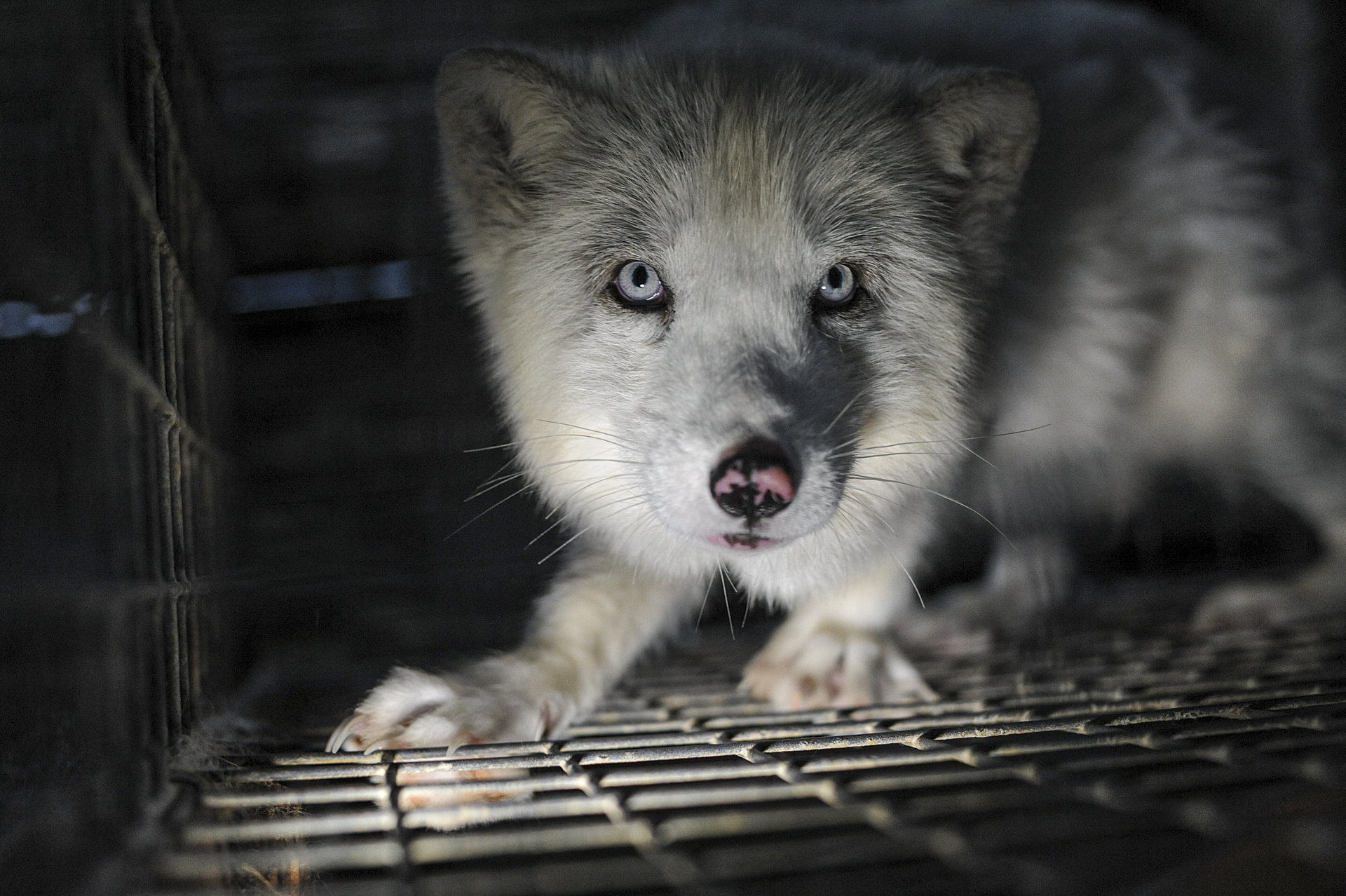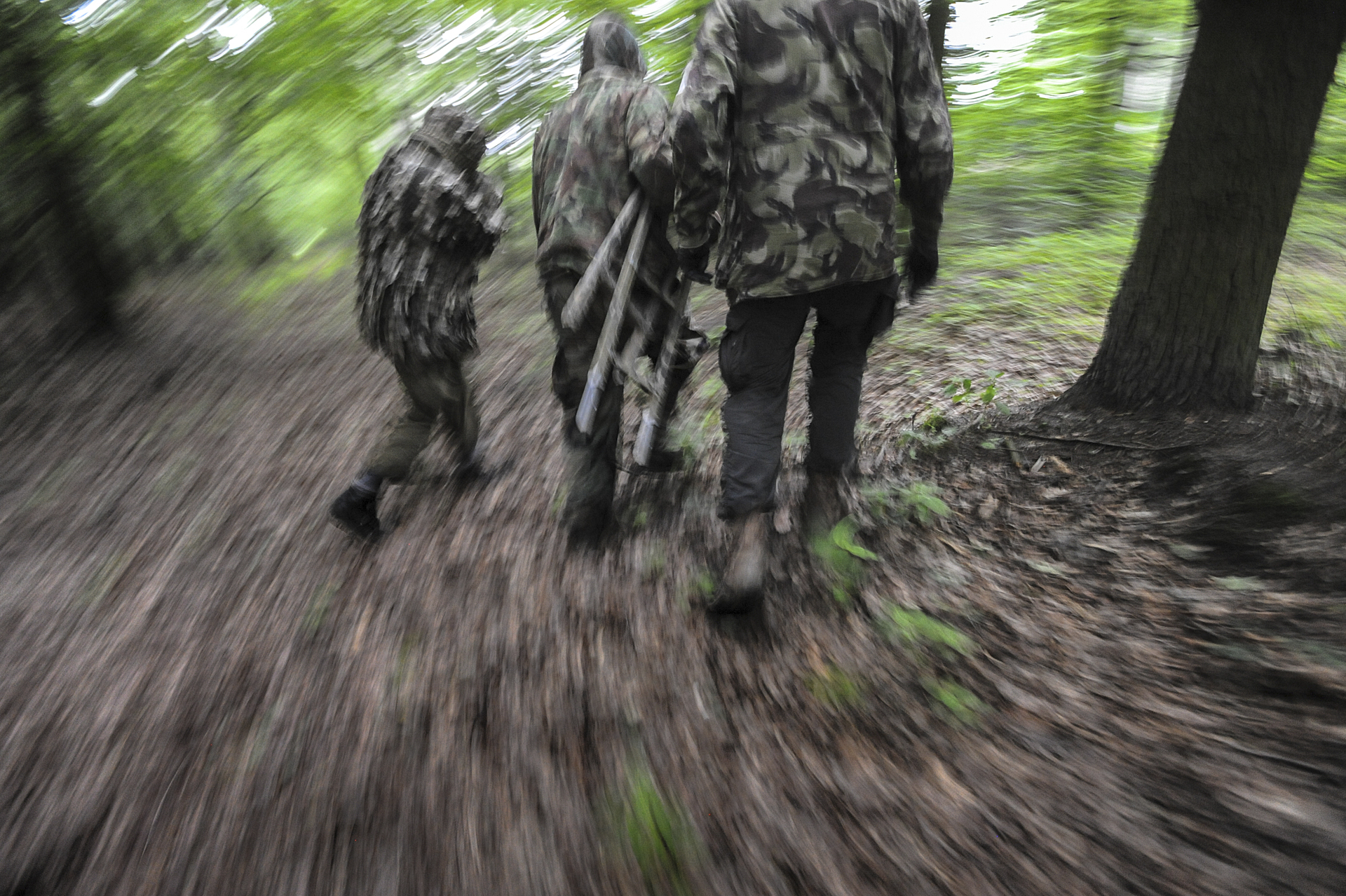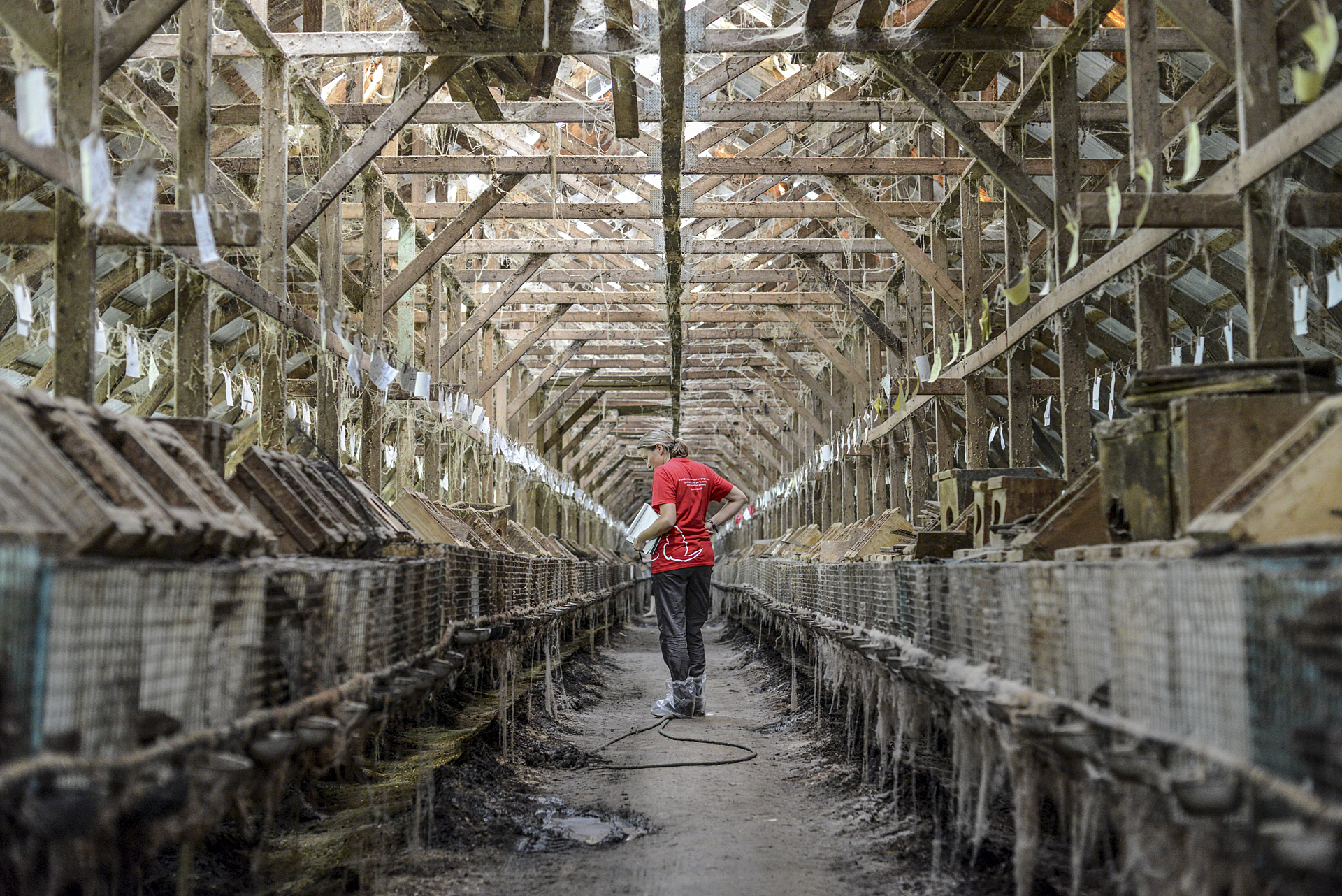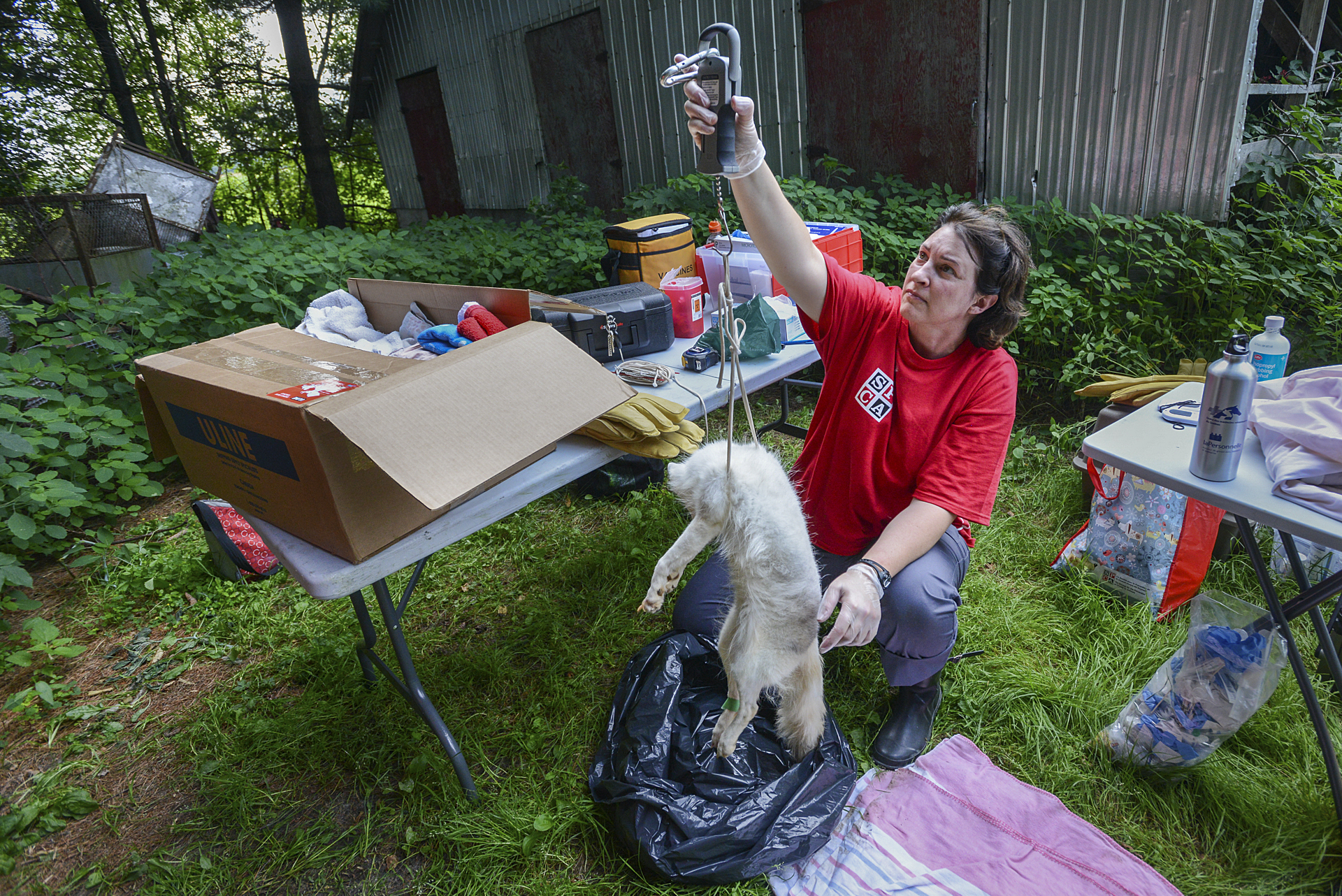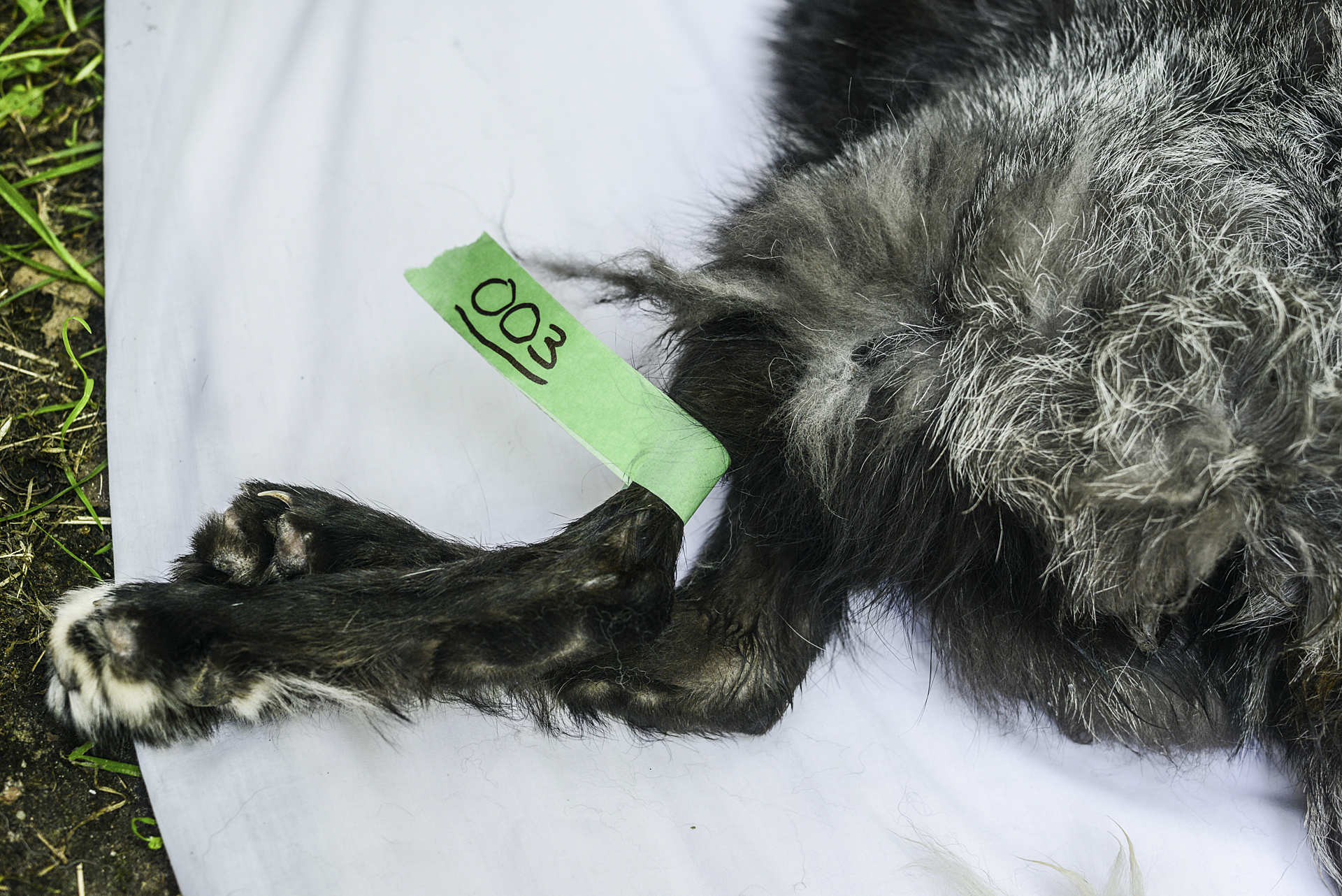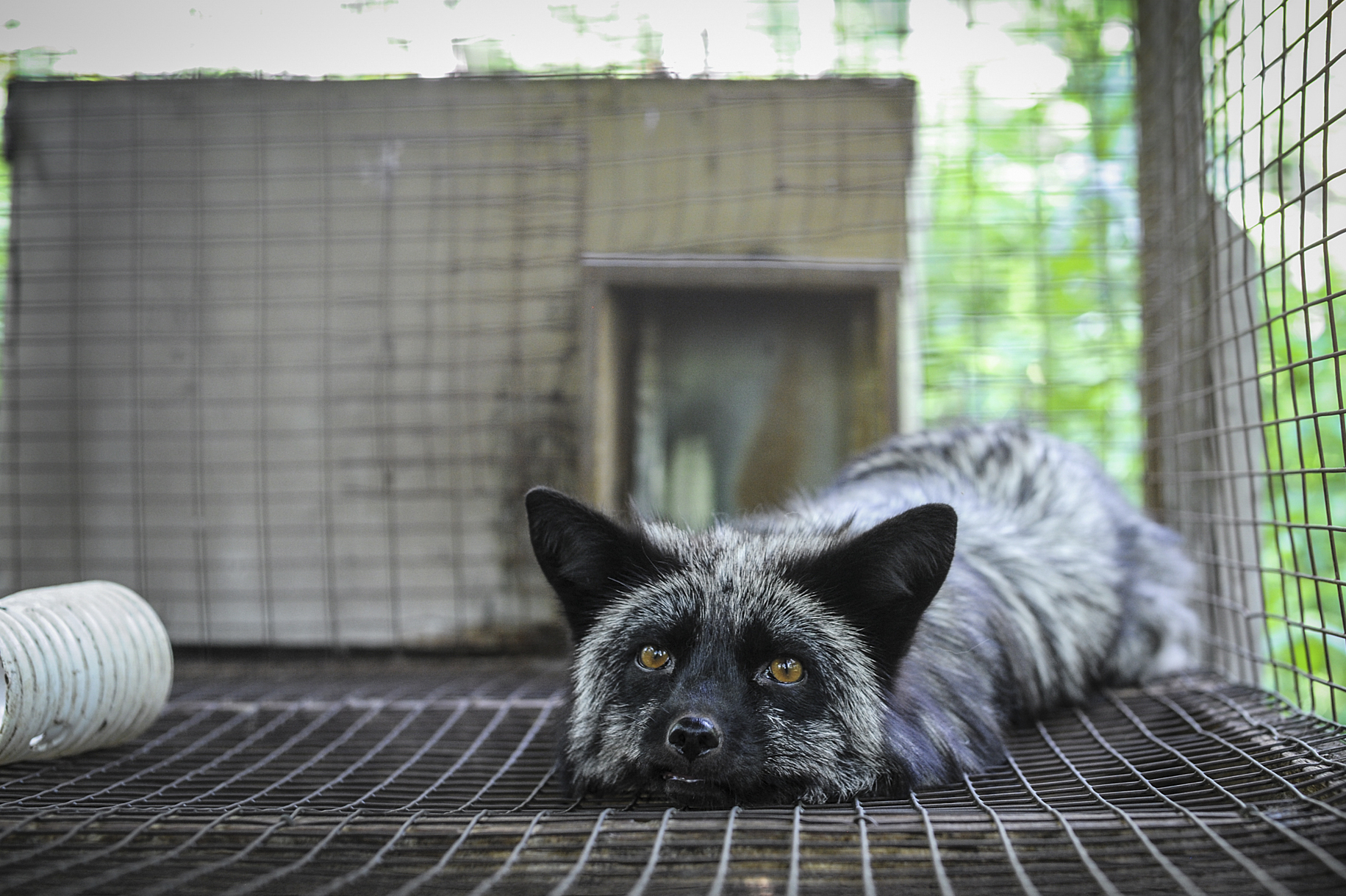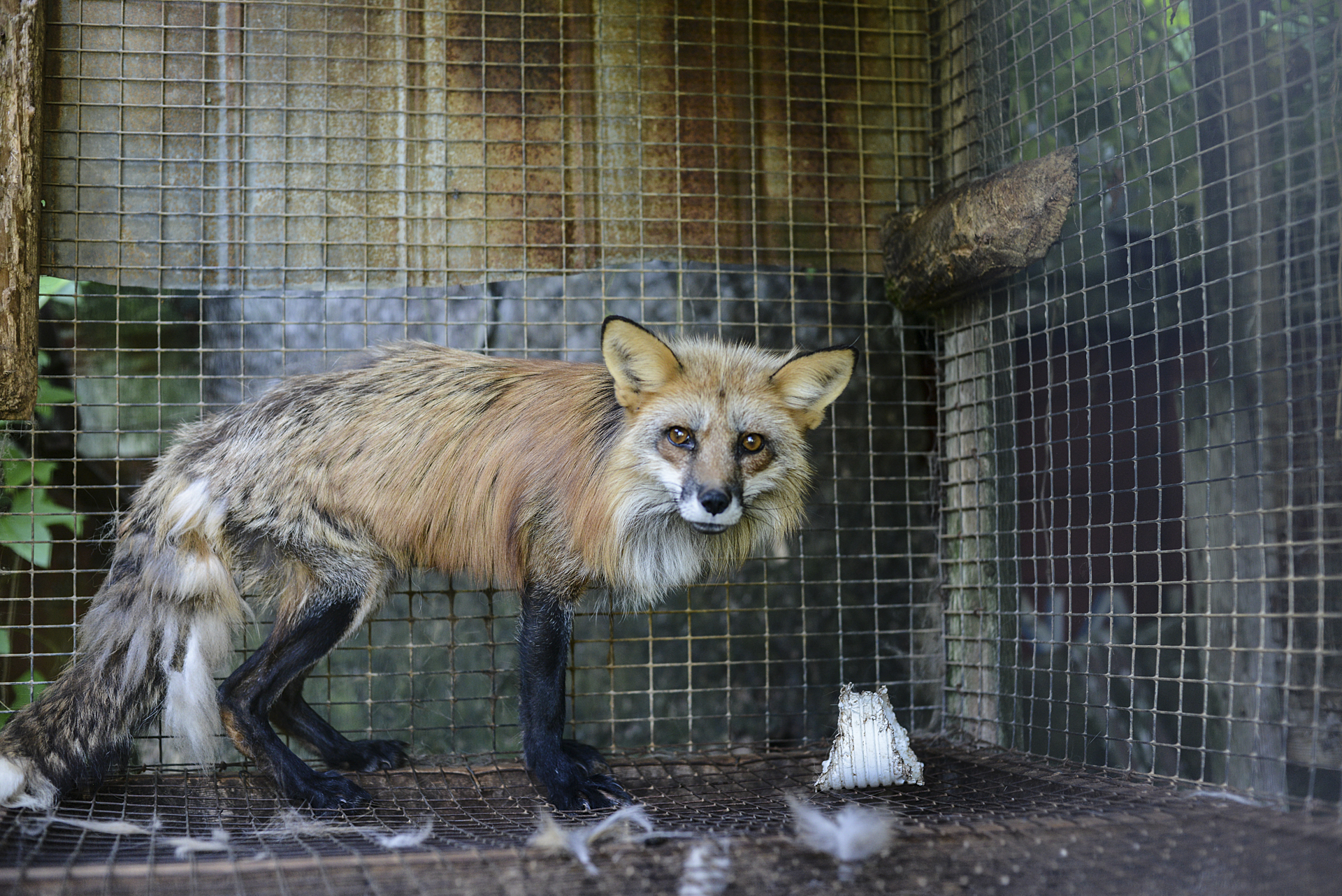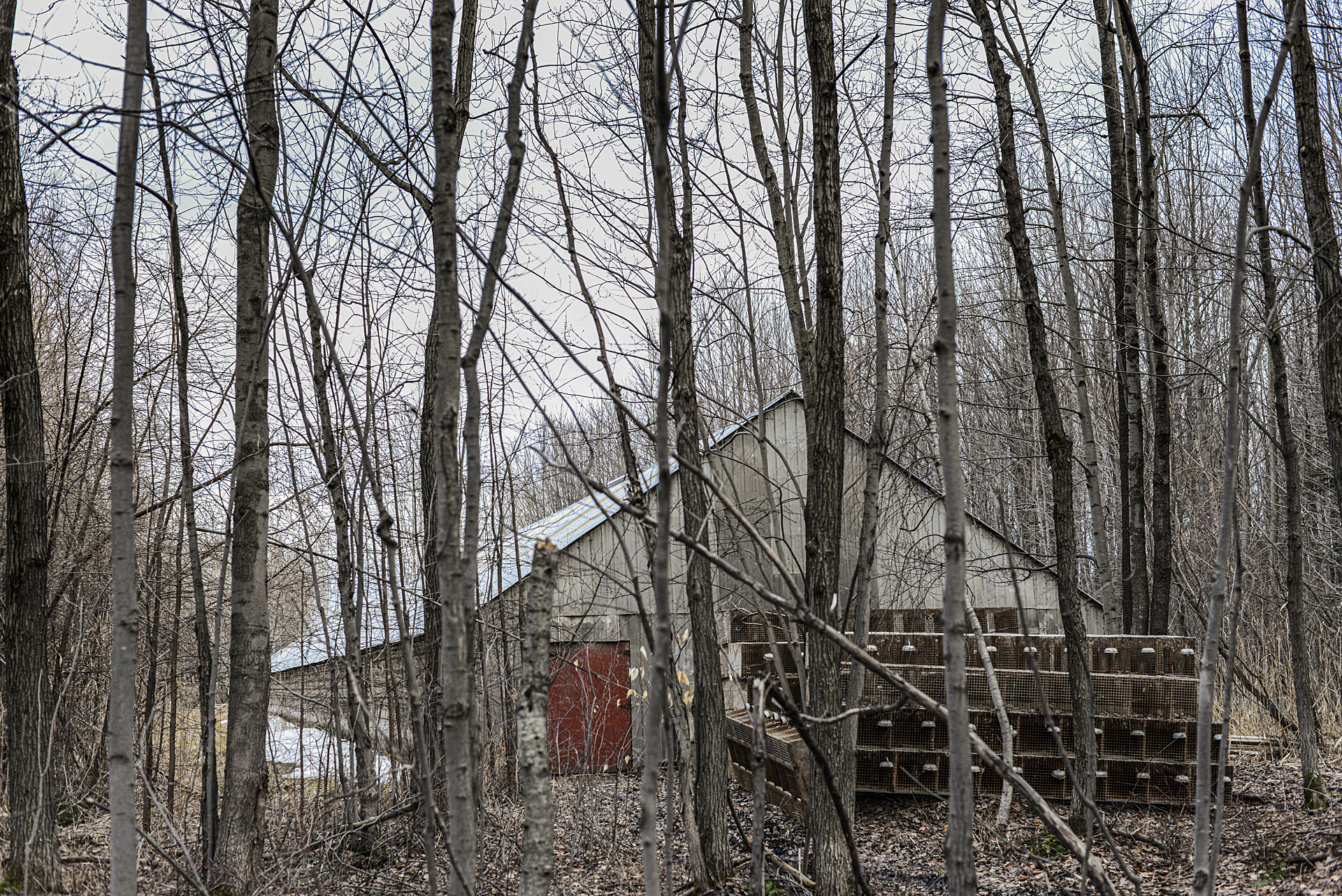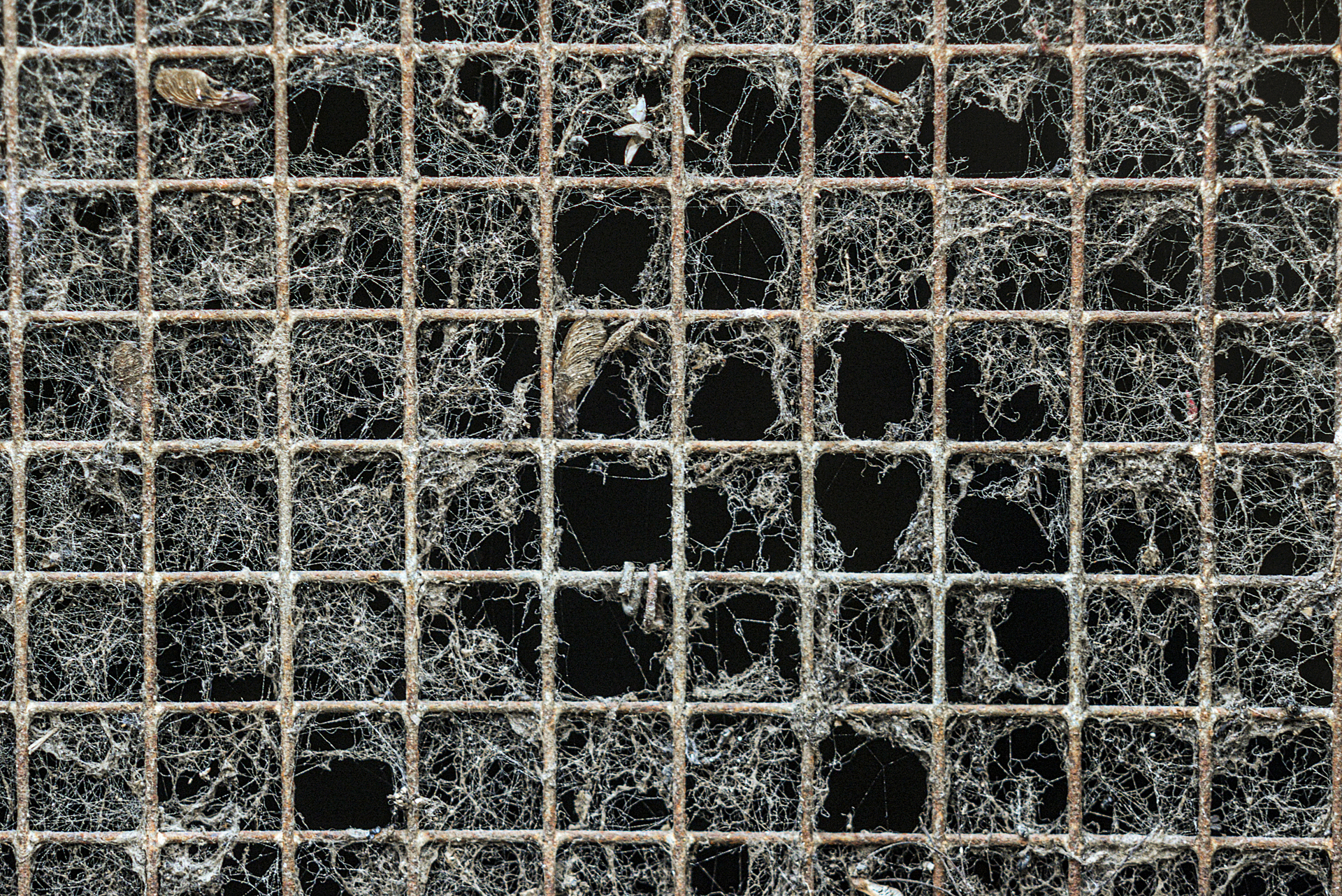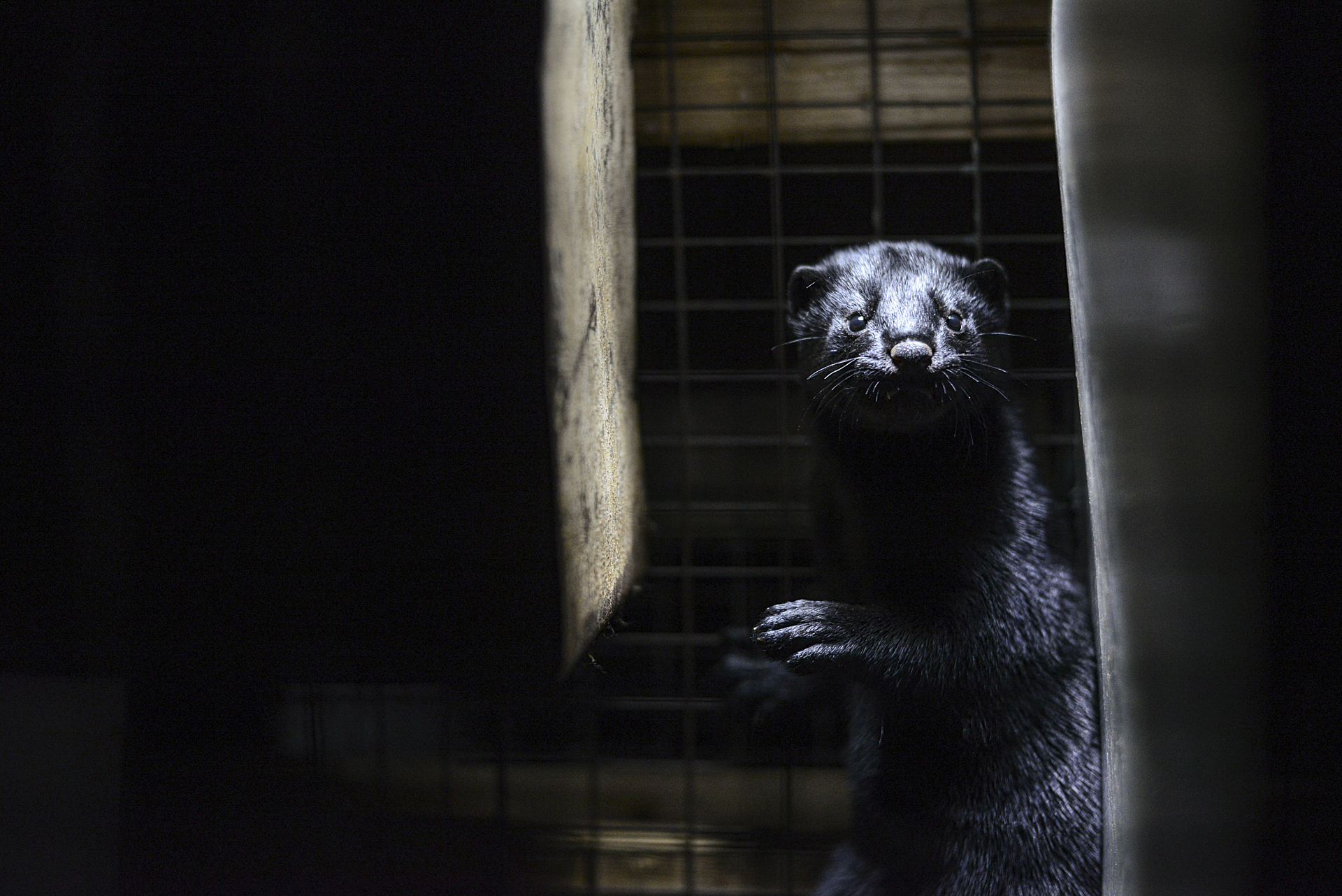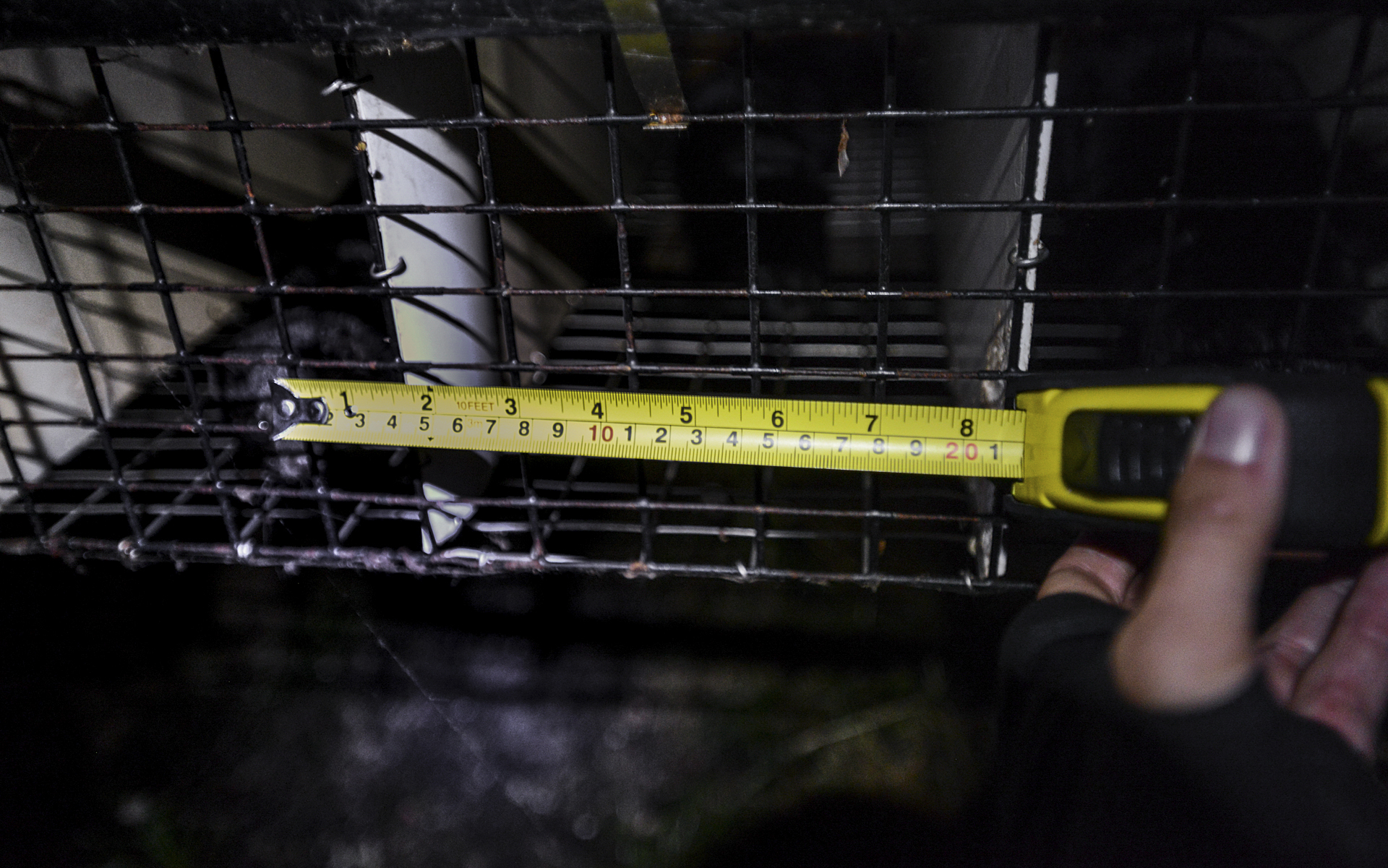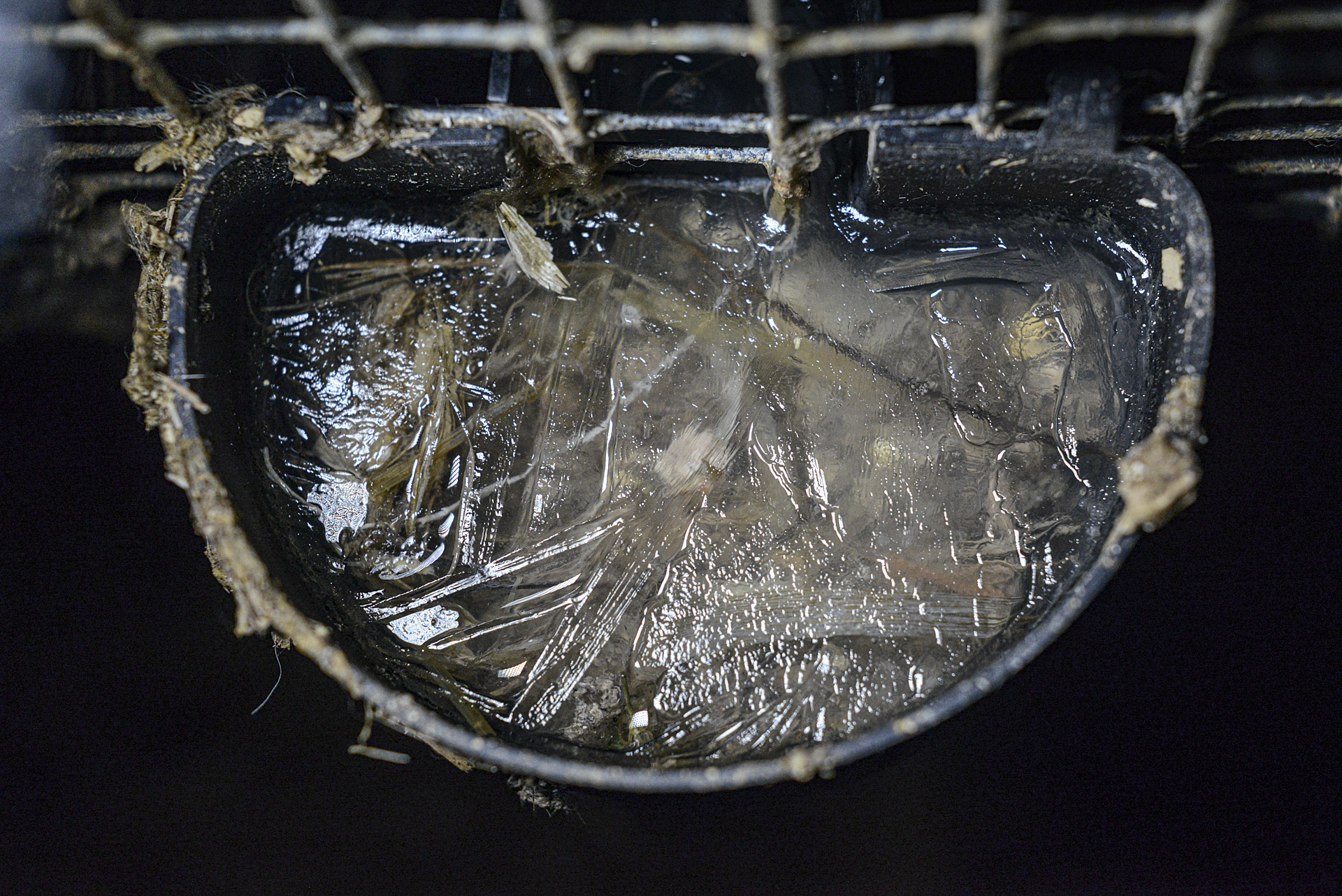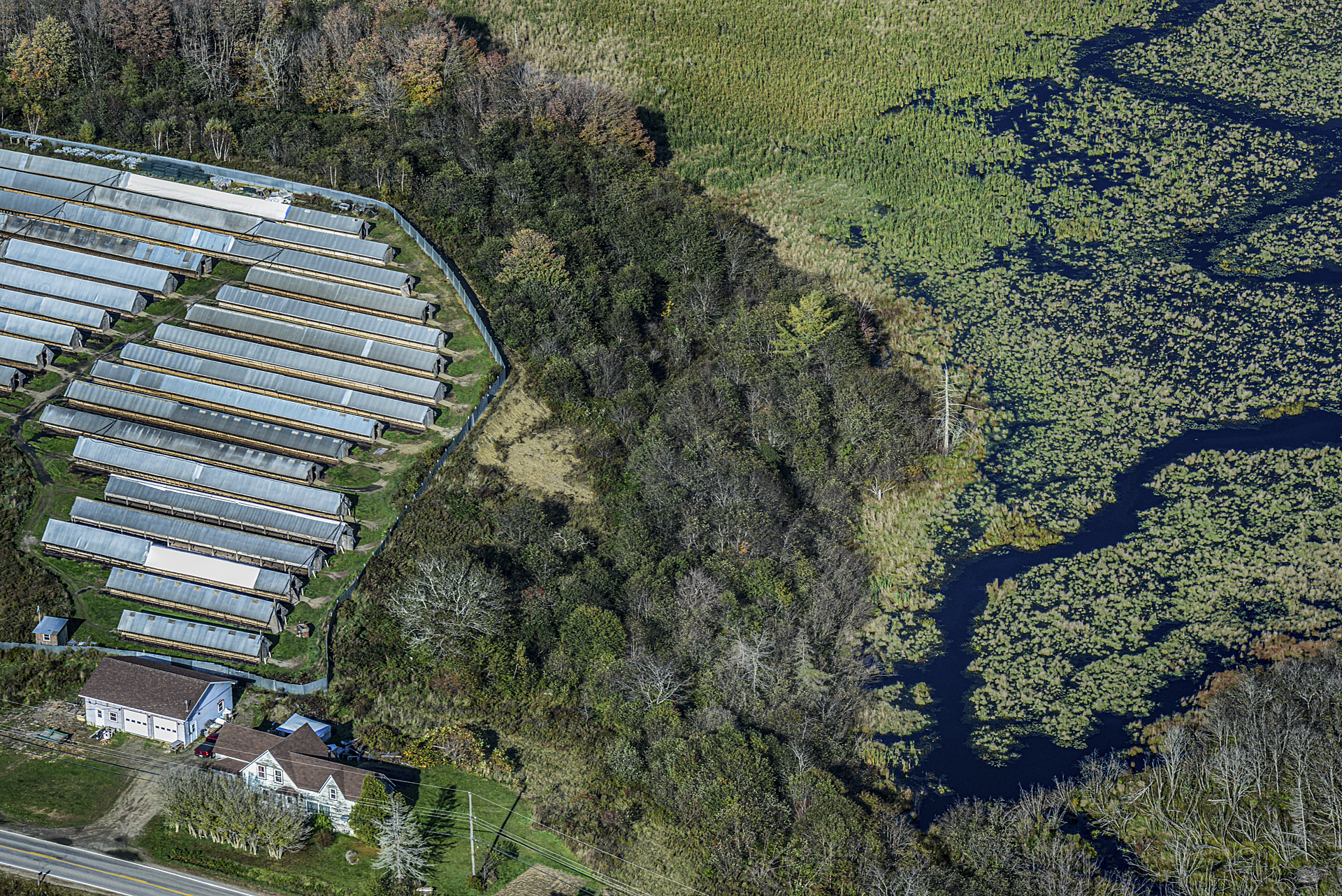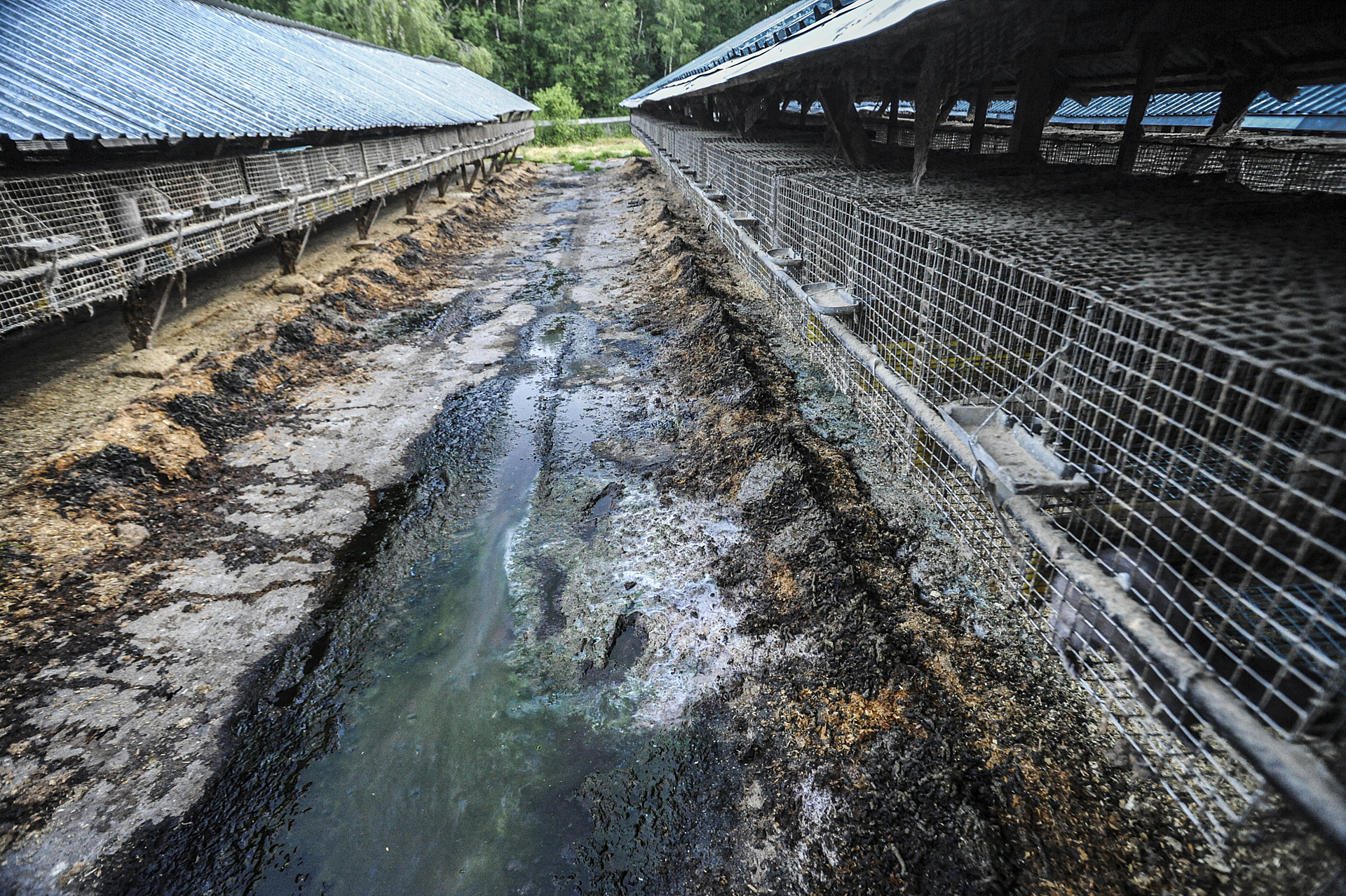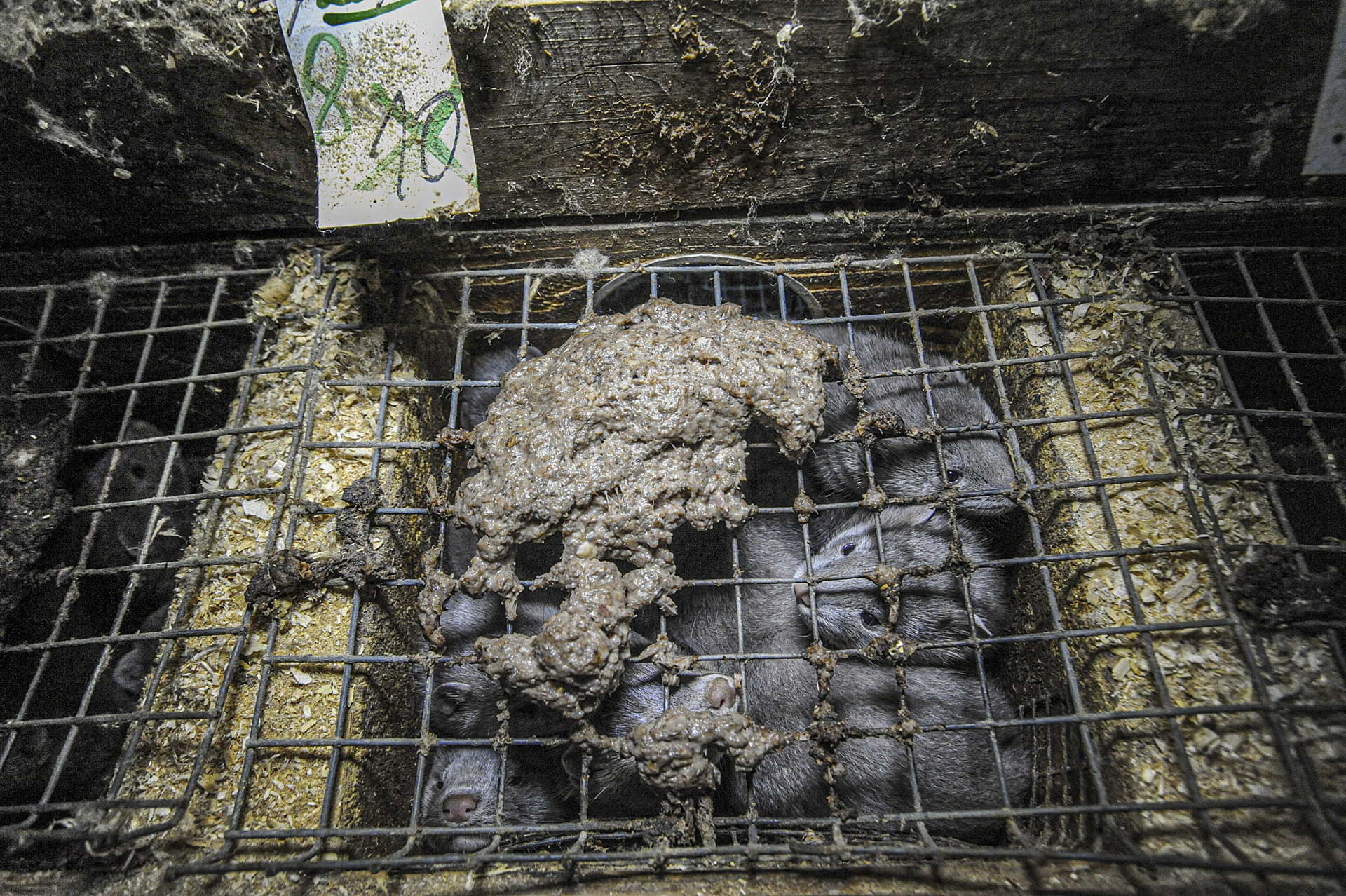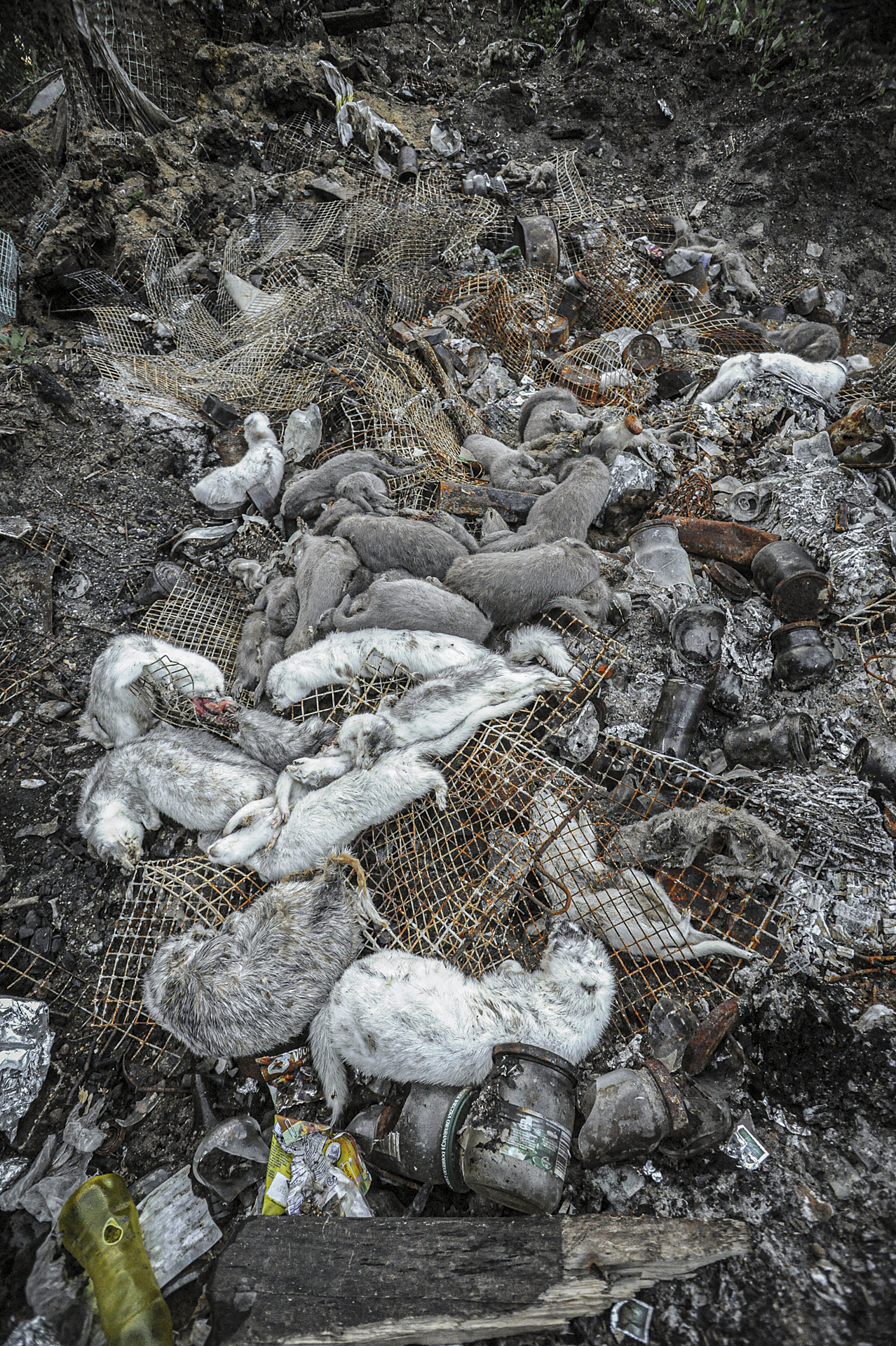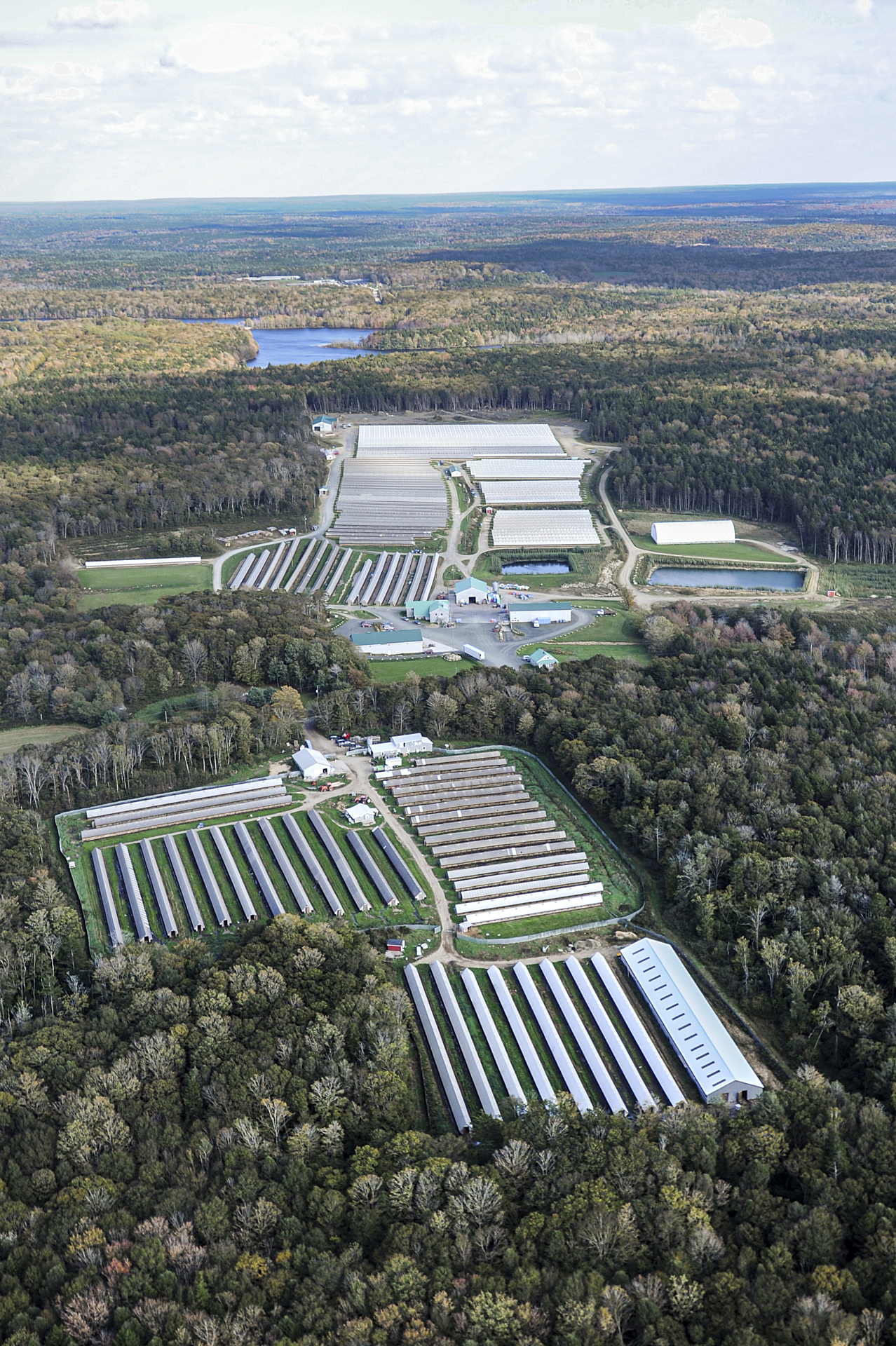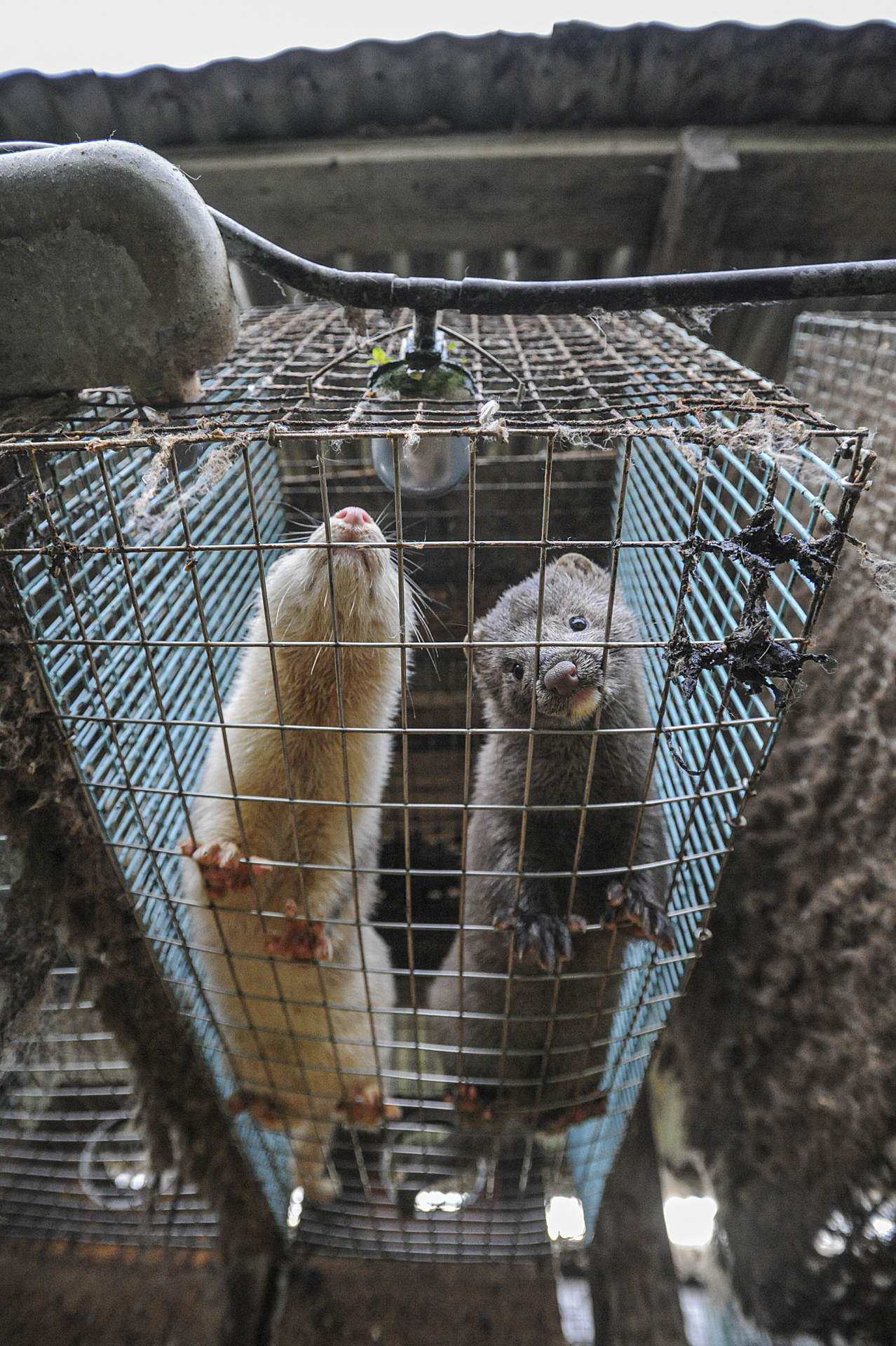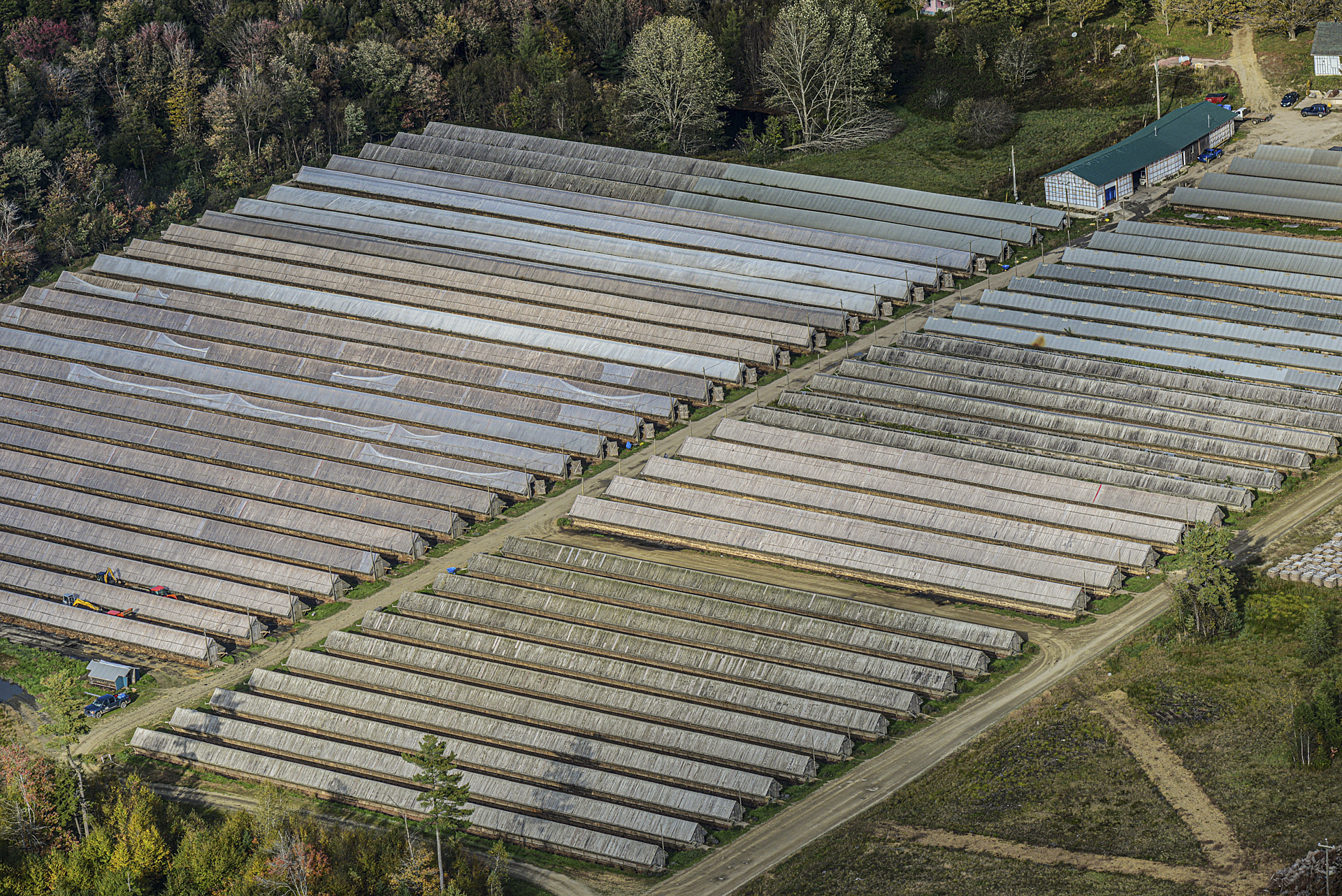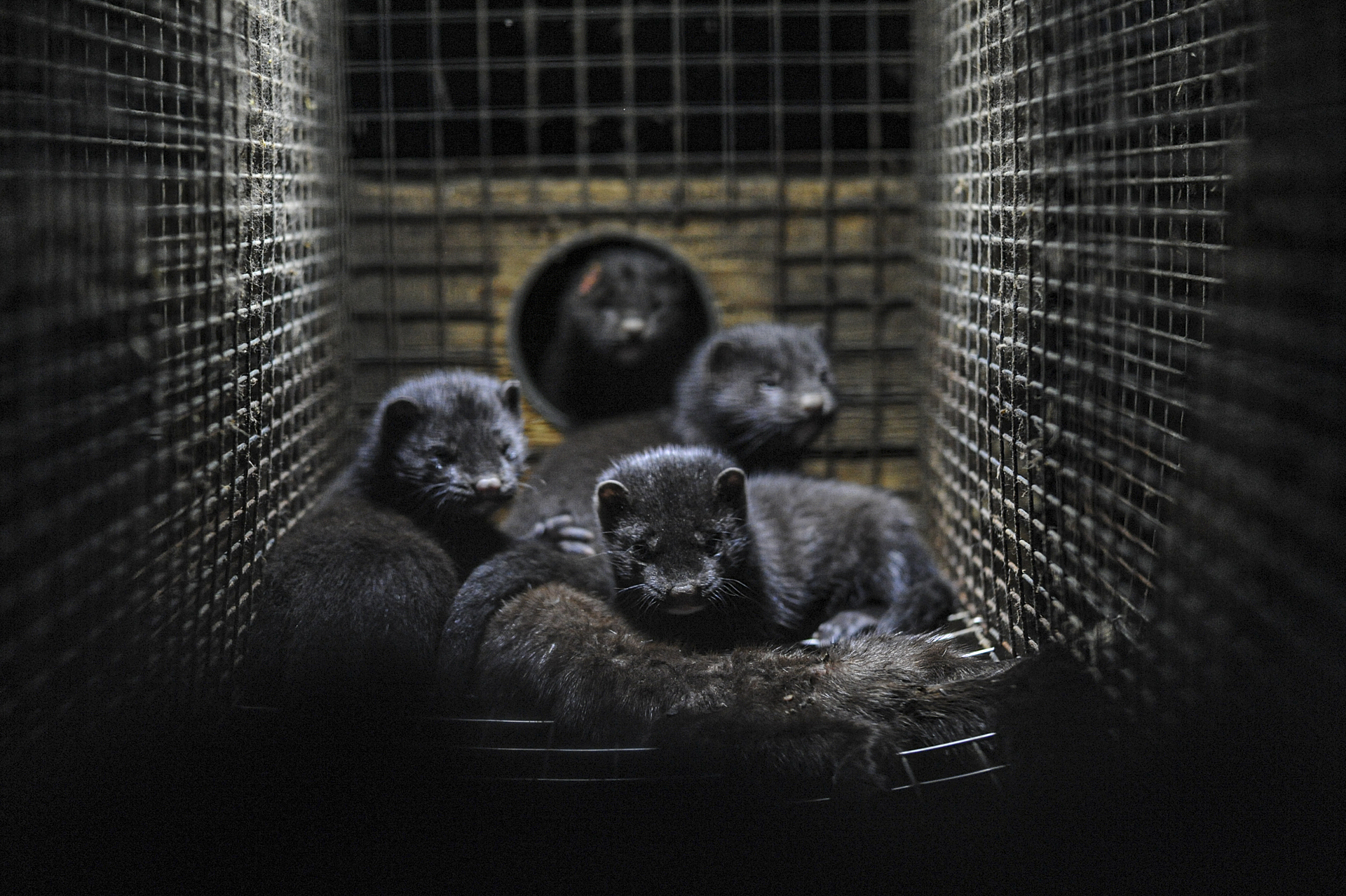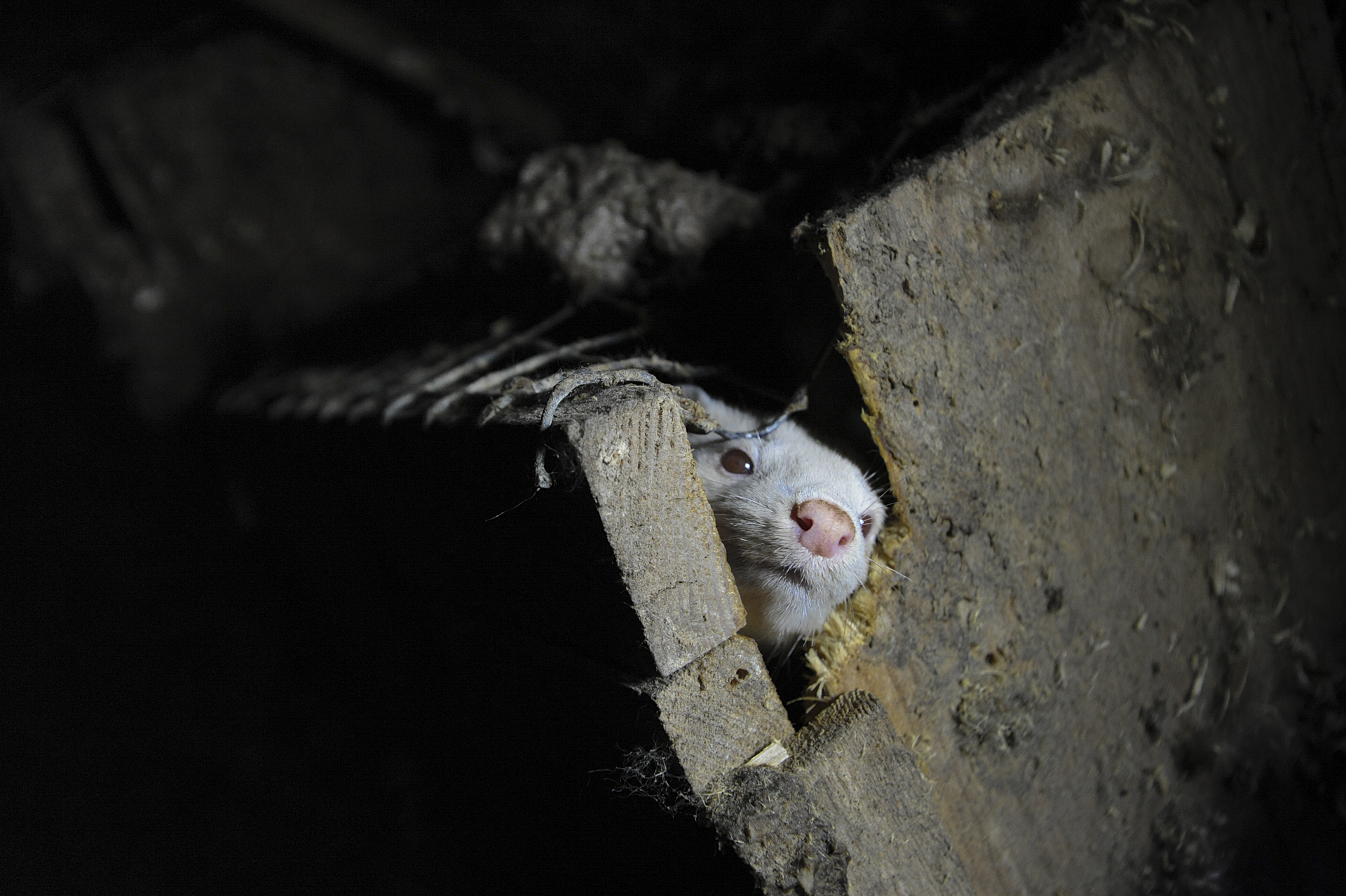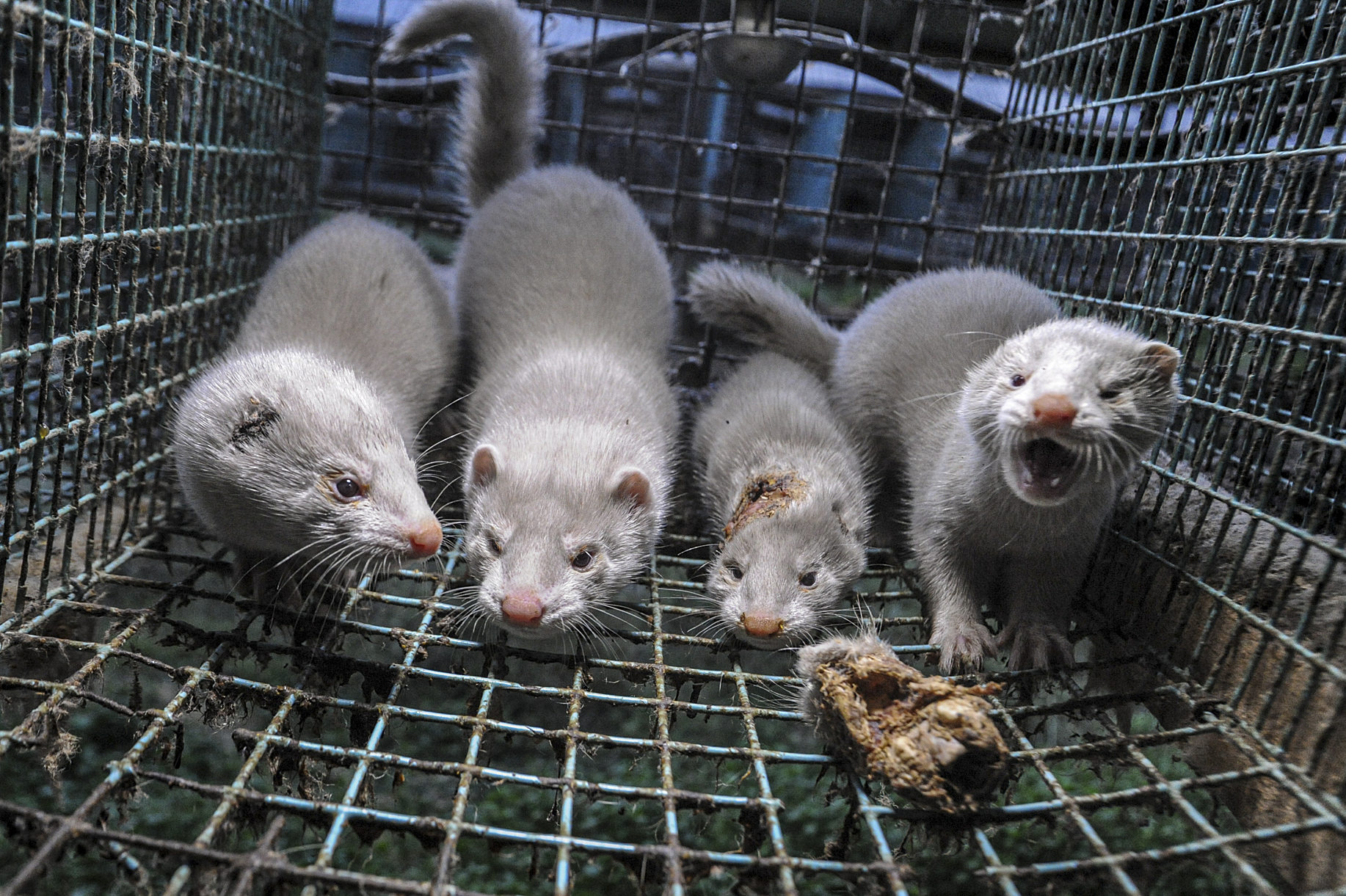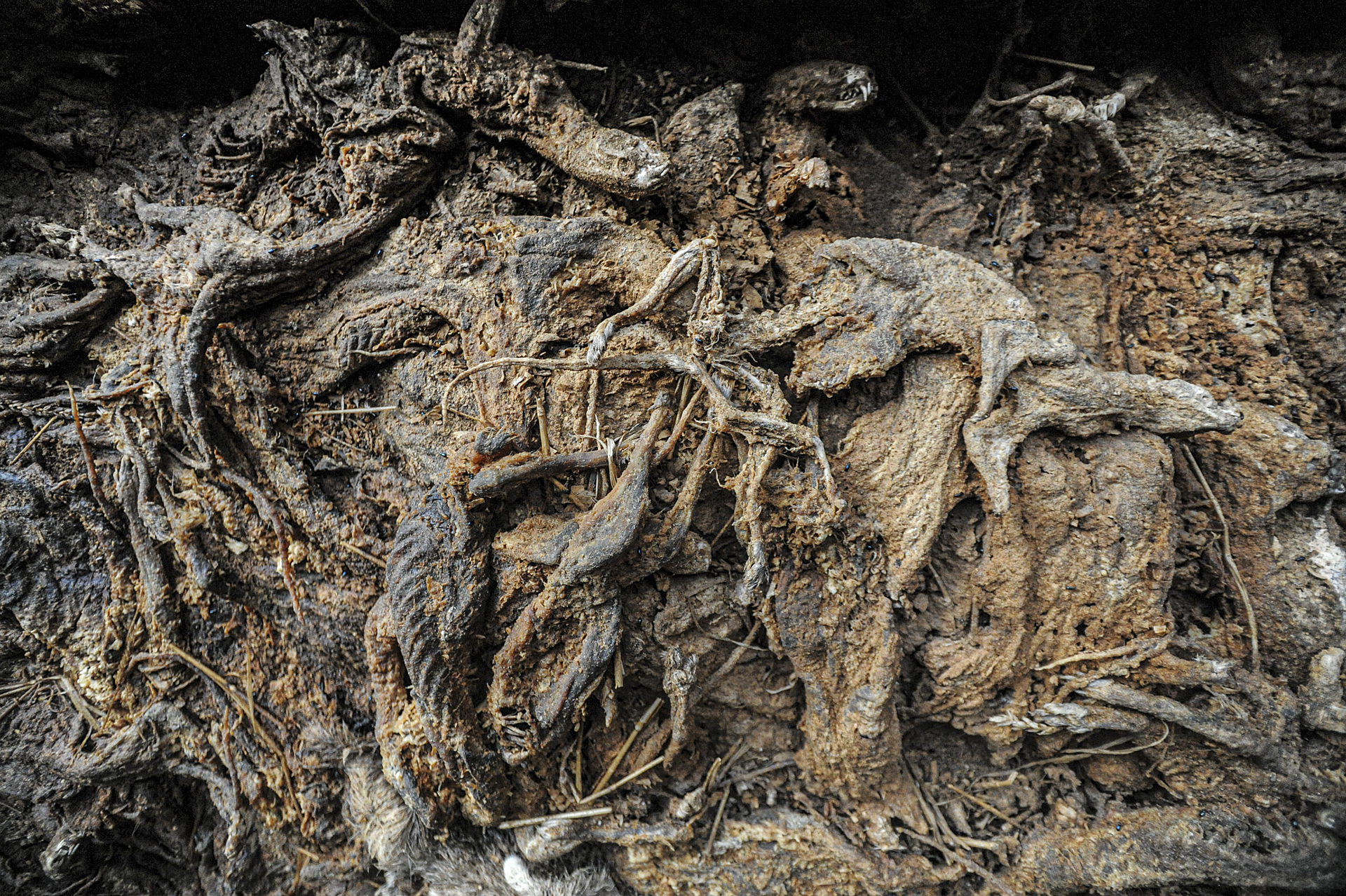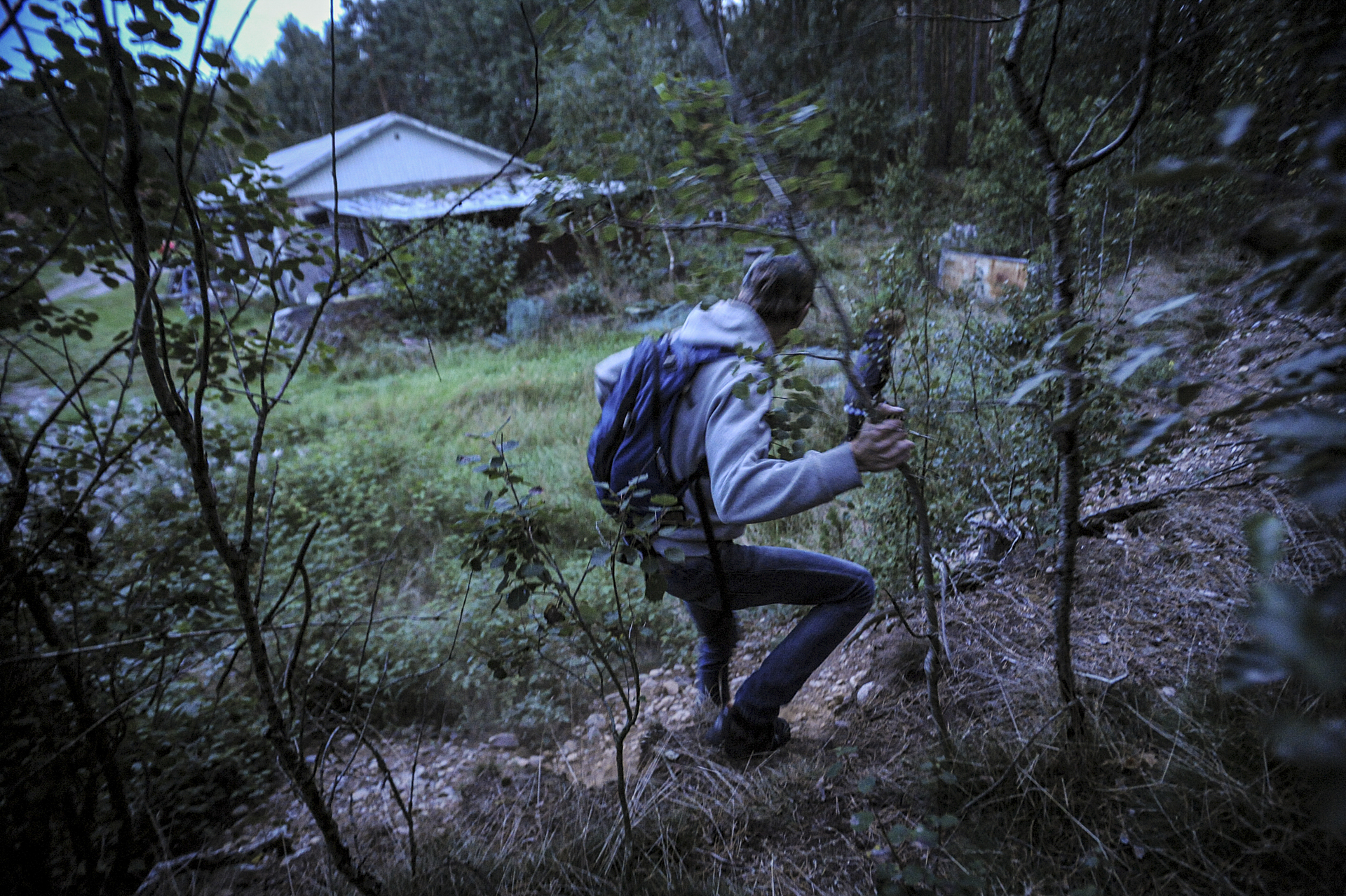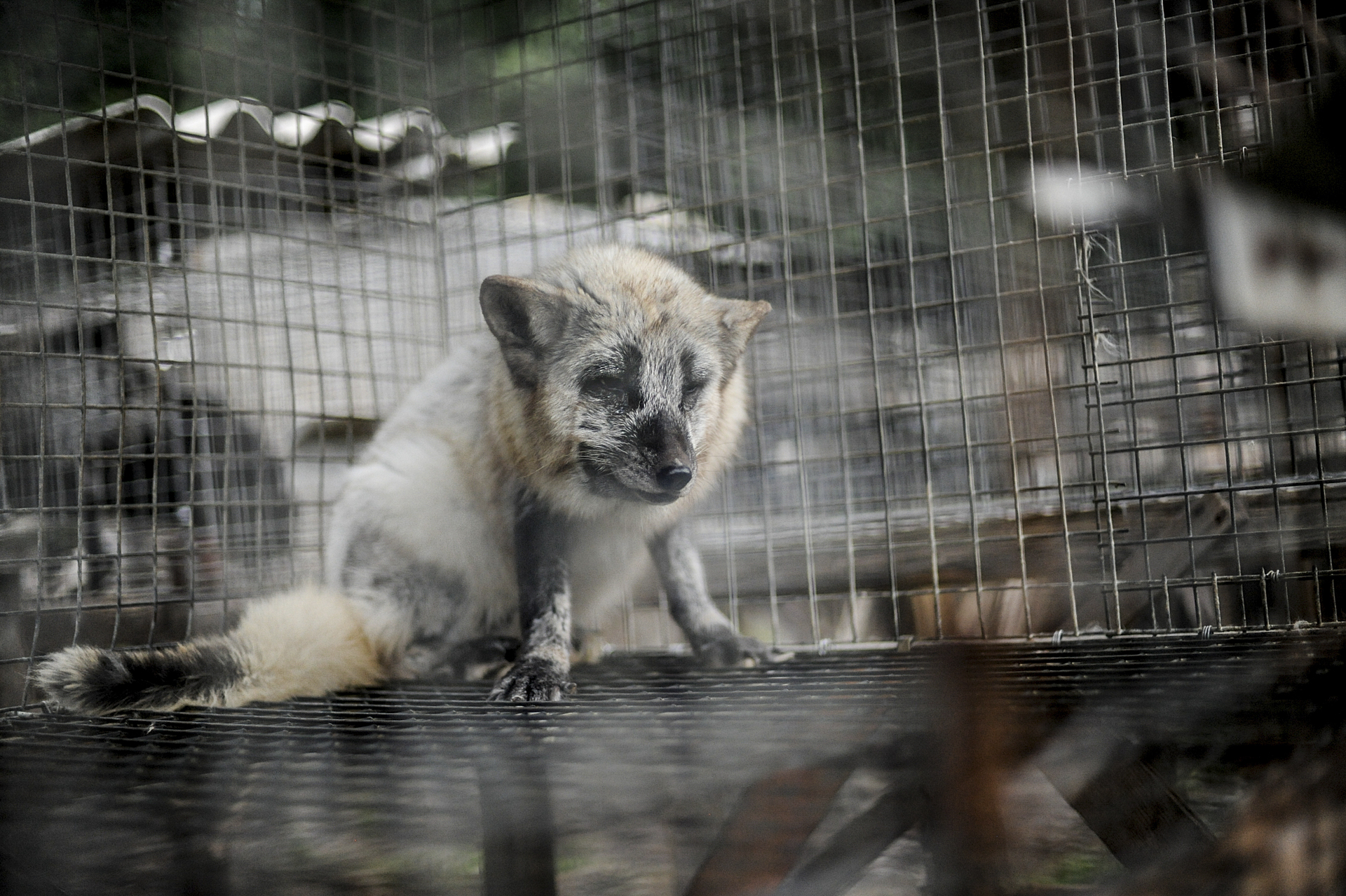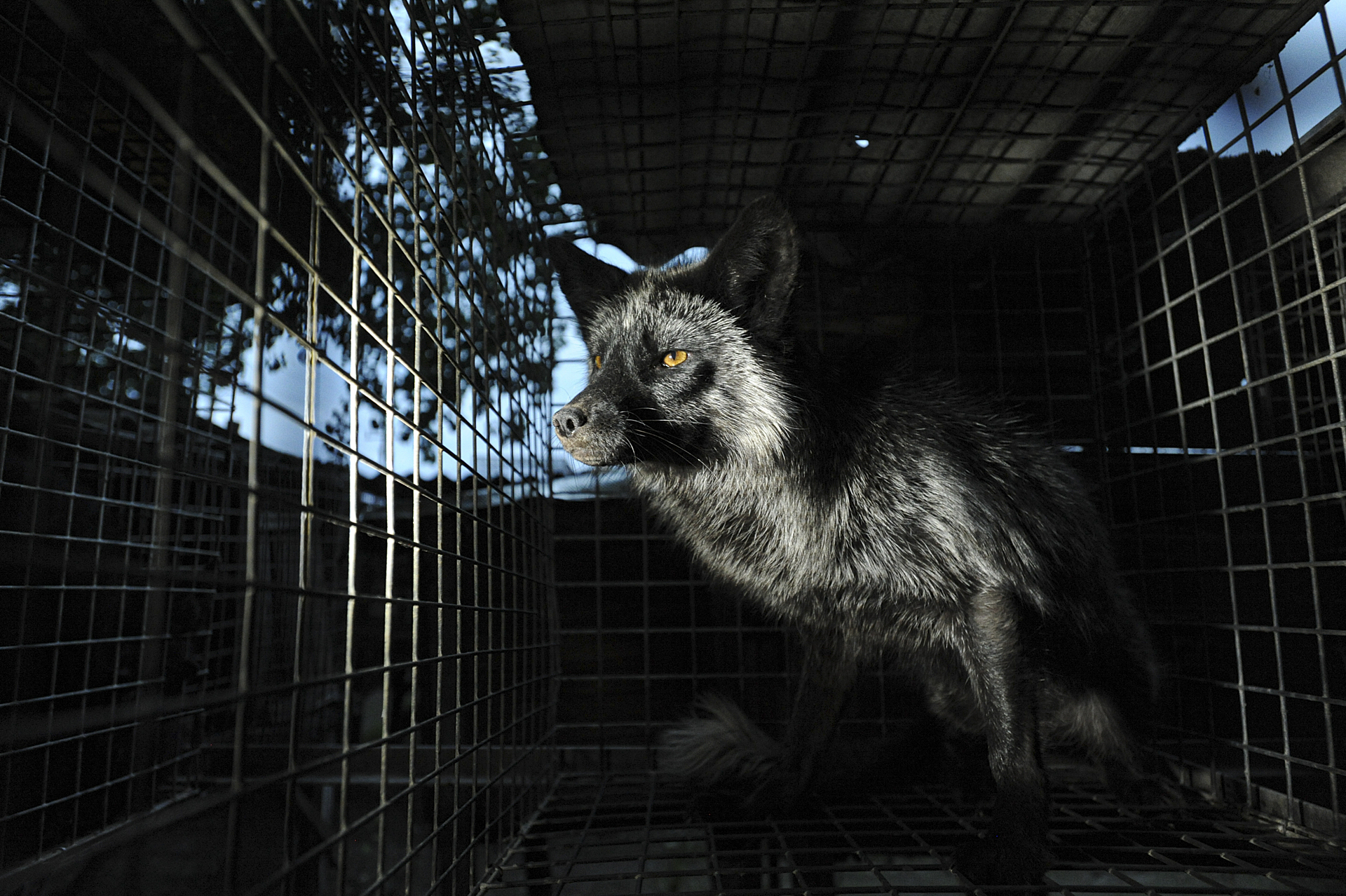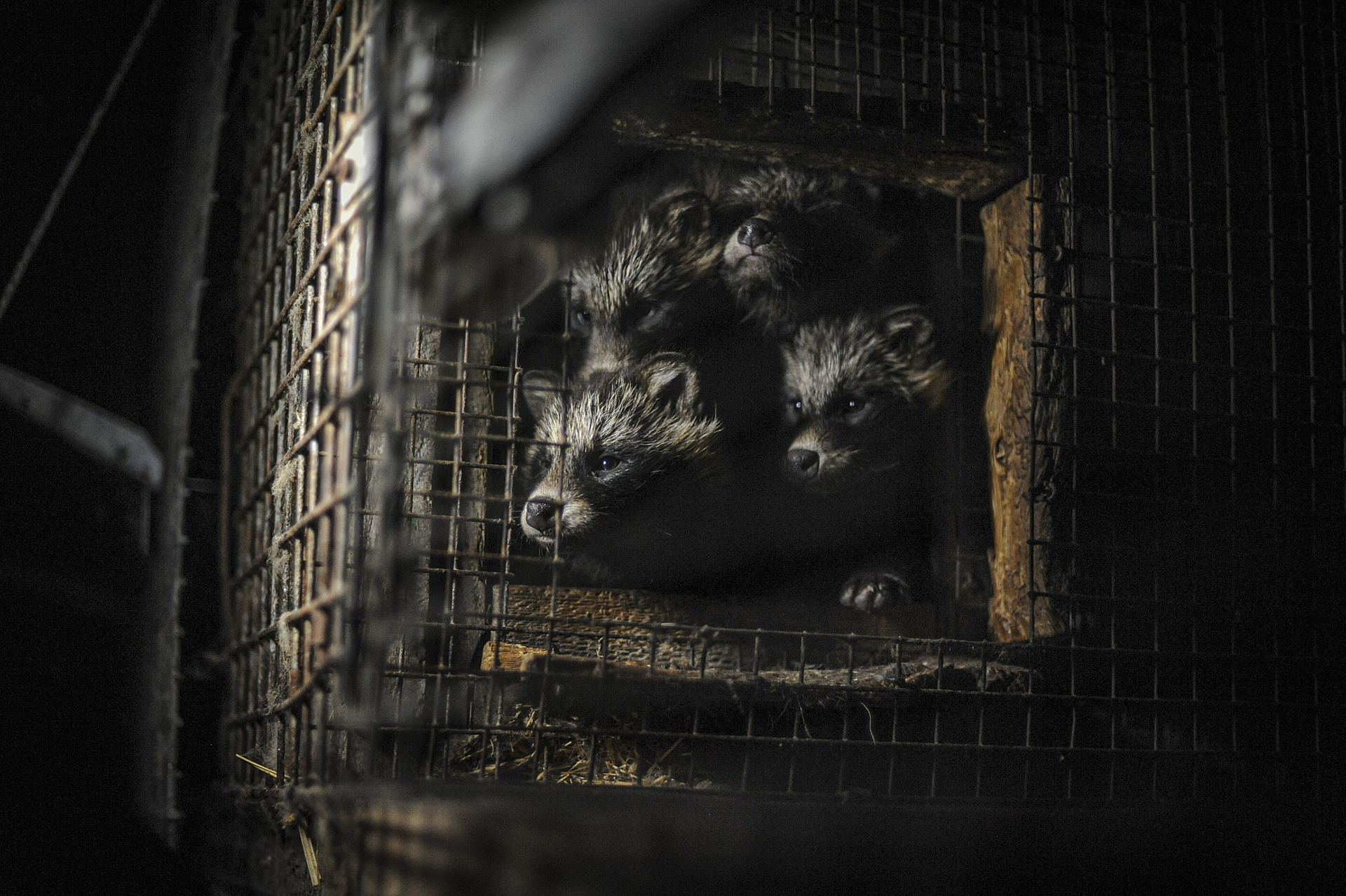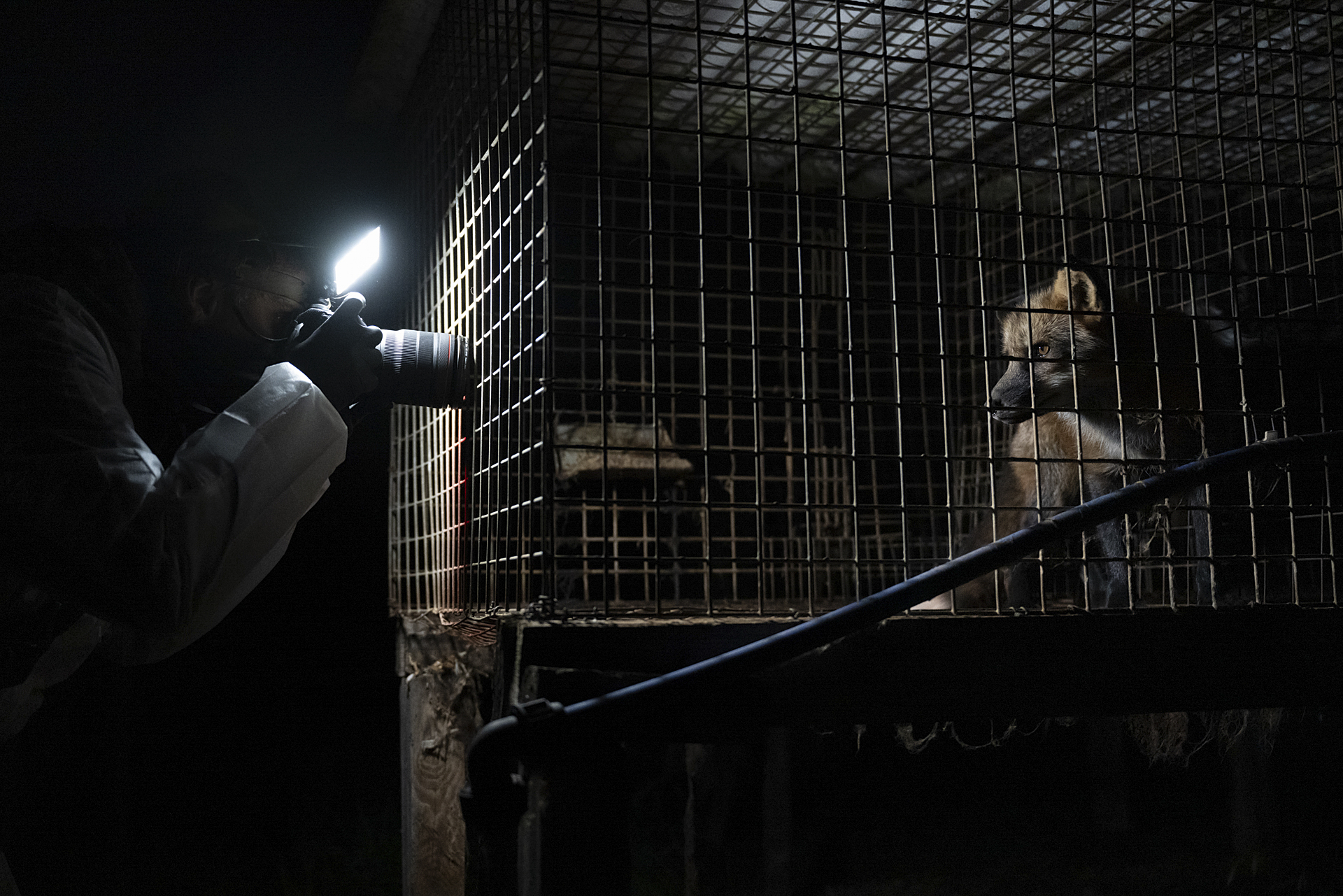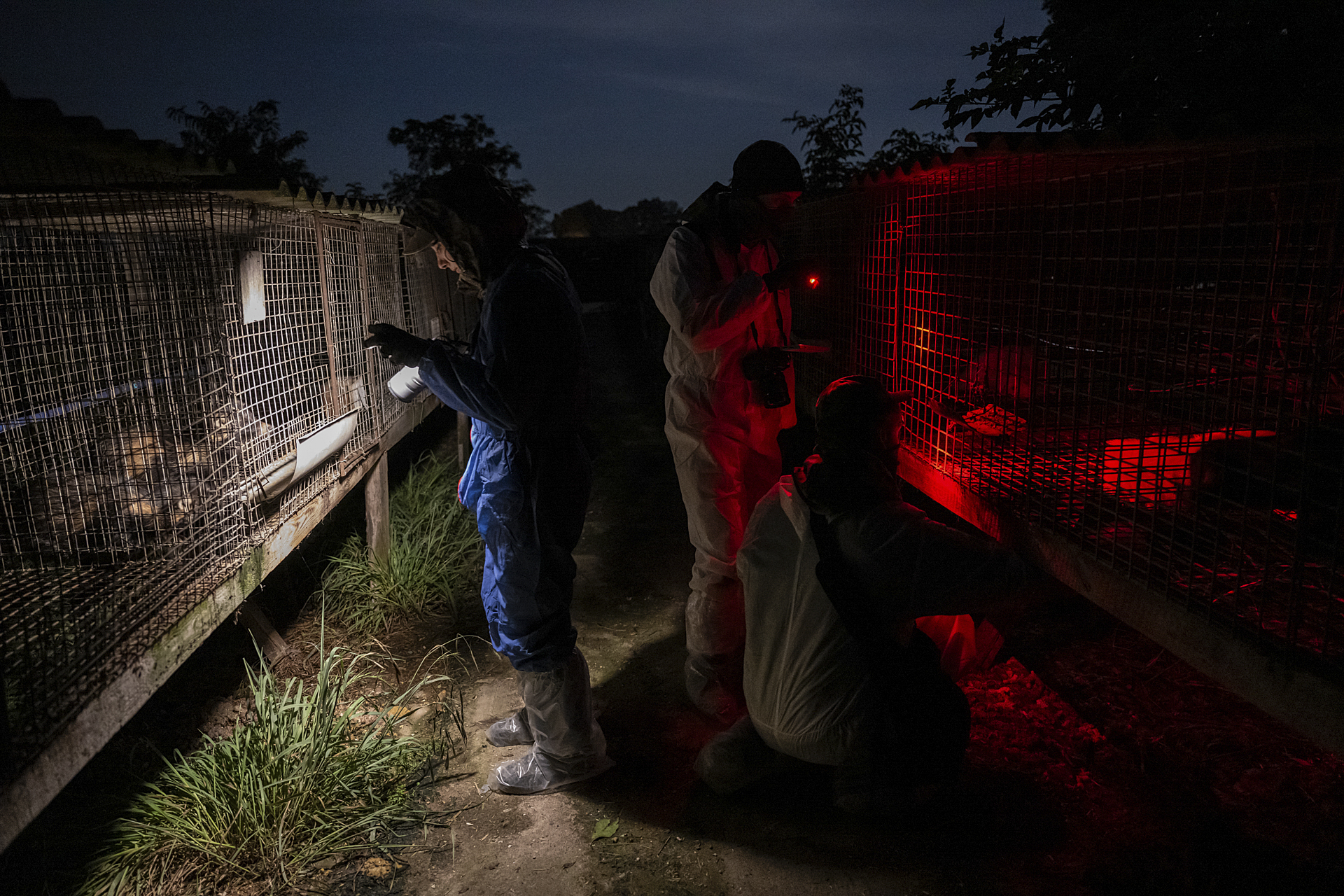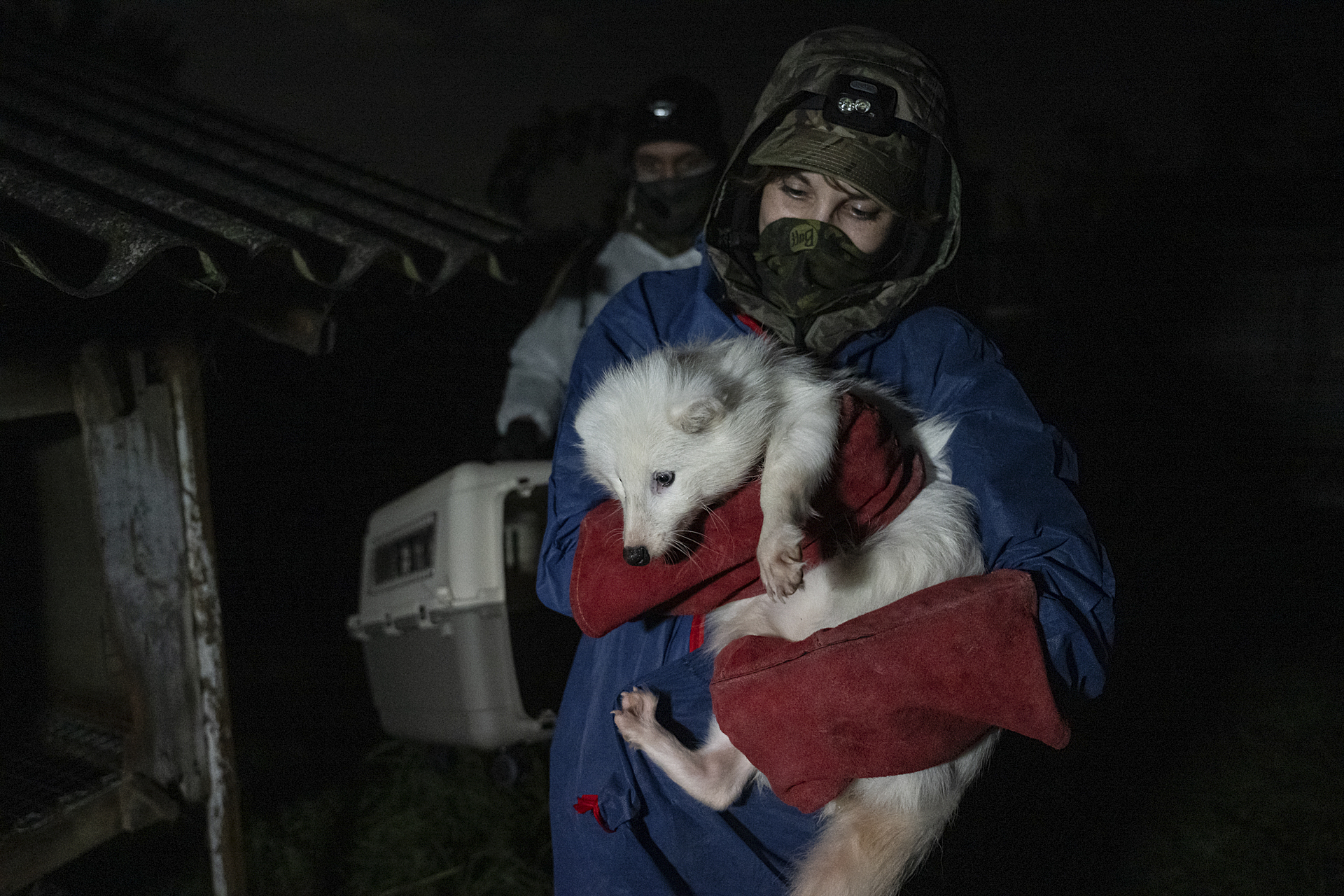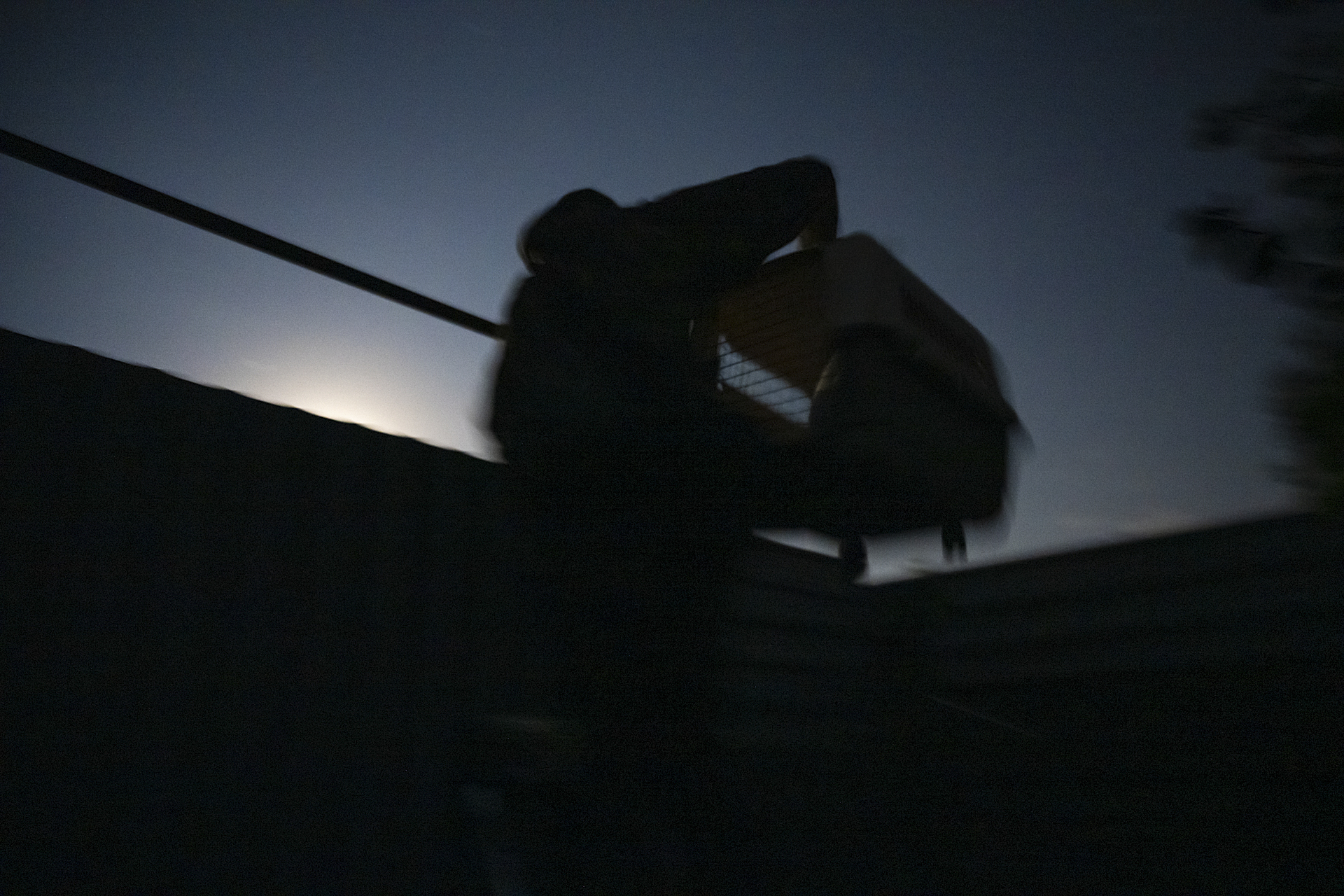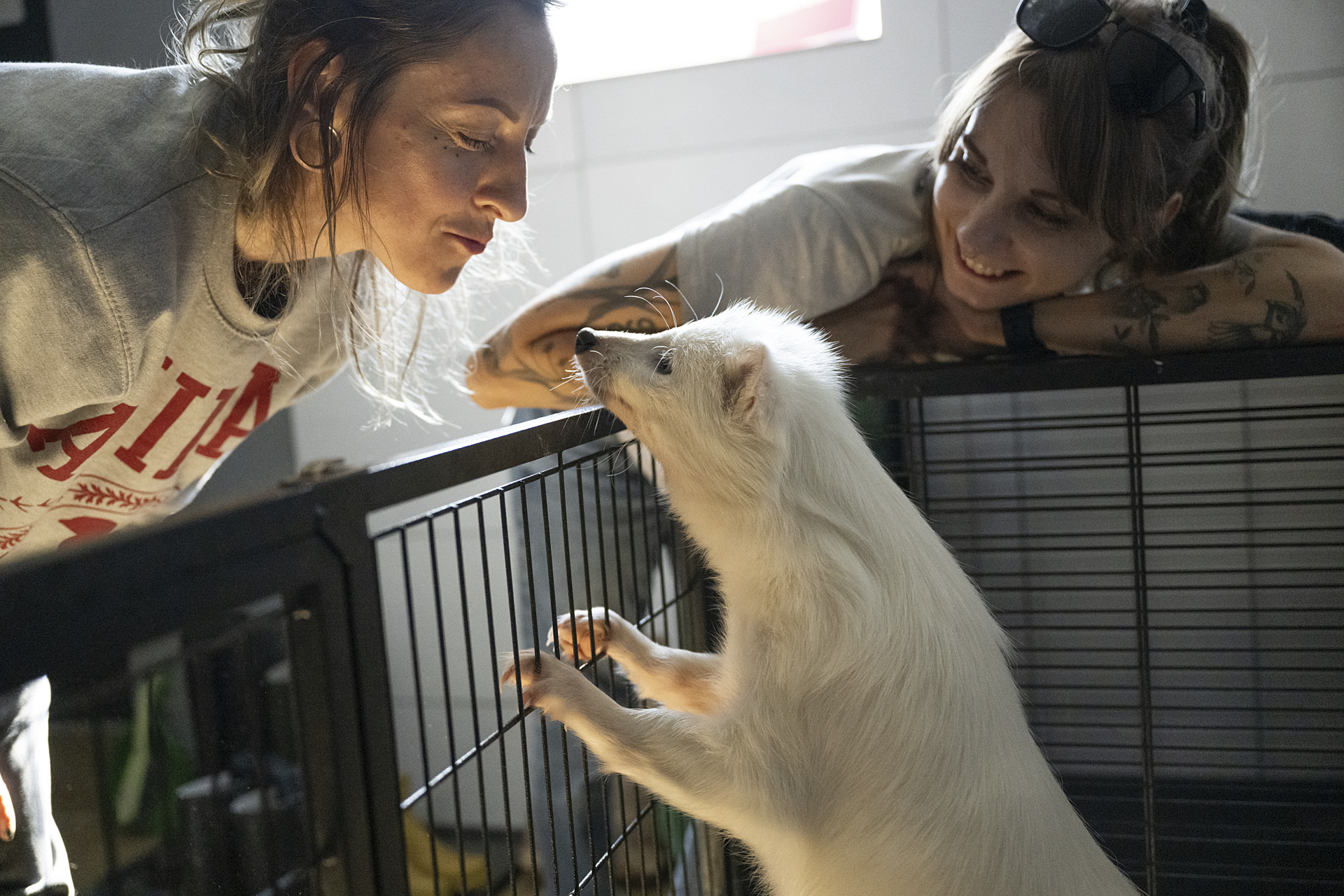FUR FARMING
I’ve documented fur farms across Europe and Canada since 2009. I have met foxes, raccoon dogs, rabbits, and mink living in conditions that would be considered illegal if the animal were a cat or a dog.
Not enough people know that animals are industrially farmed for their fur. They are unaware of the living conditions, and that the animals are killed by gas or anal electrocution. They are also unaware that the bobbles of fur on their hats, boots, or accessories came from once wild animals. These days, it is often hard to tell if the material is real or fake.
Fur farming may be at a crossroads. Twenty-two countries have now banned the practice, and more are considering similar legislation. When mink were identified as a vector for COVID-19 in 2020, pressure mounted for the industry to transition toward more sustainable and humane livelihoods. That year, Denmark alone became the burial ground for some 17 million mink.
Fur farming poses risks to public and animal health, and has proven to be detrimental to the environment as well. Effluent from farms can cause blue-green algae to bloom in nearby waterways, polluting them irreparably, as well as sickening local wildlife and human communities.
